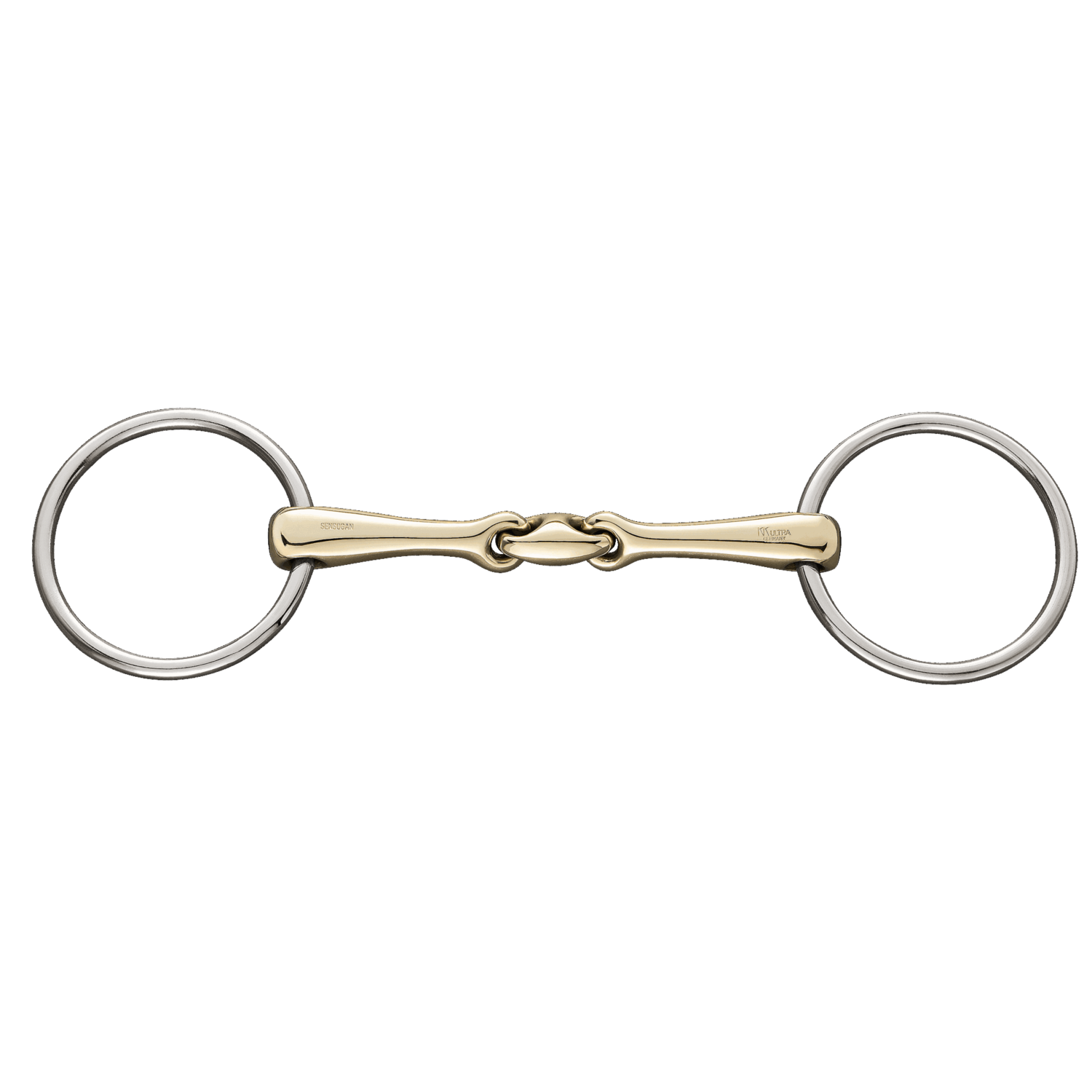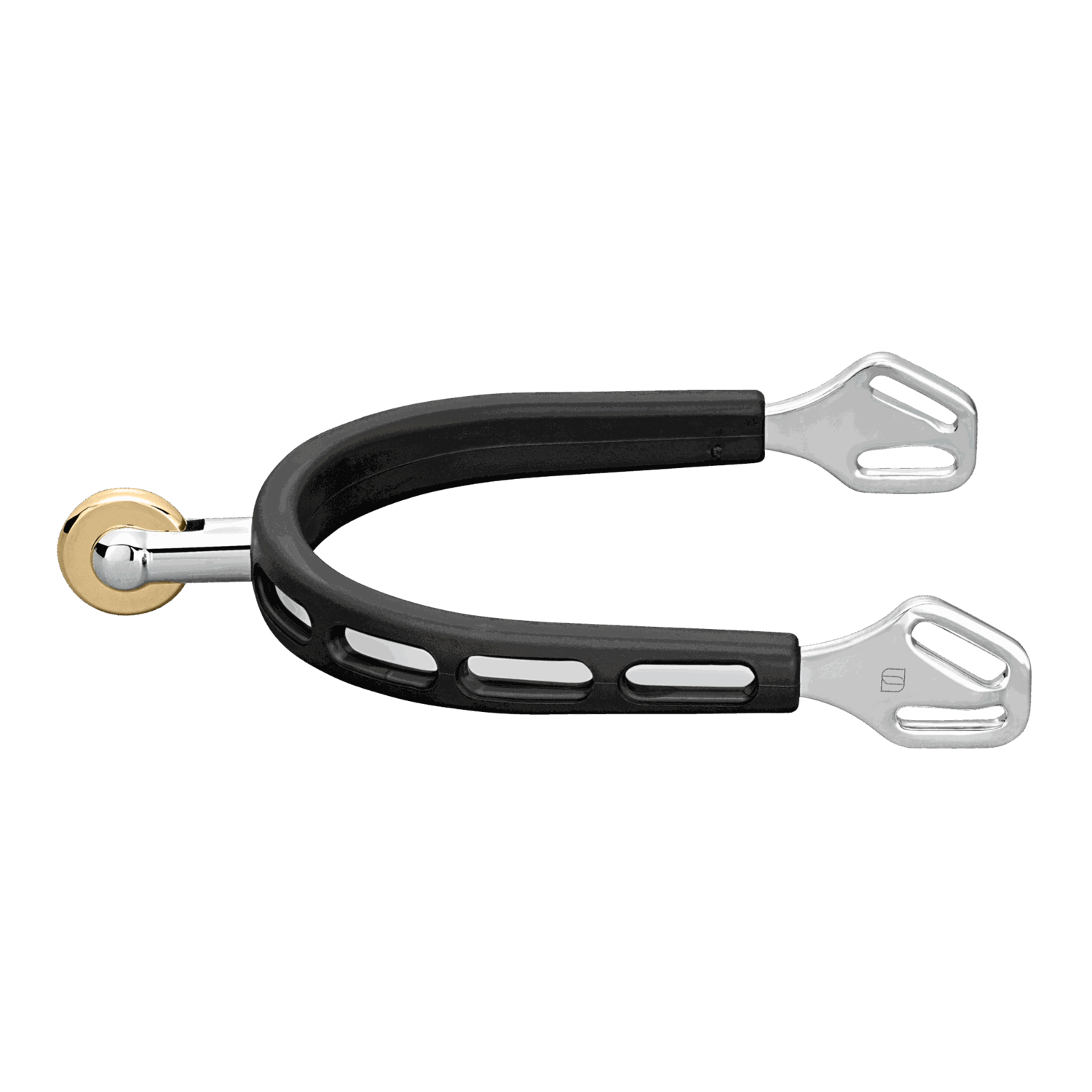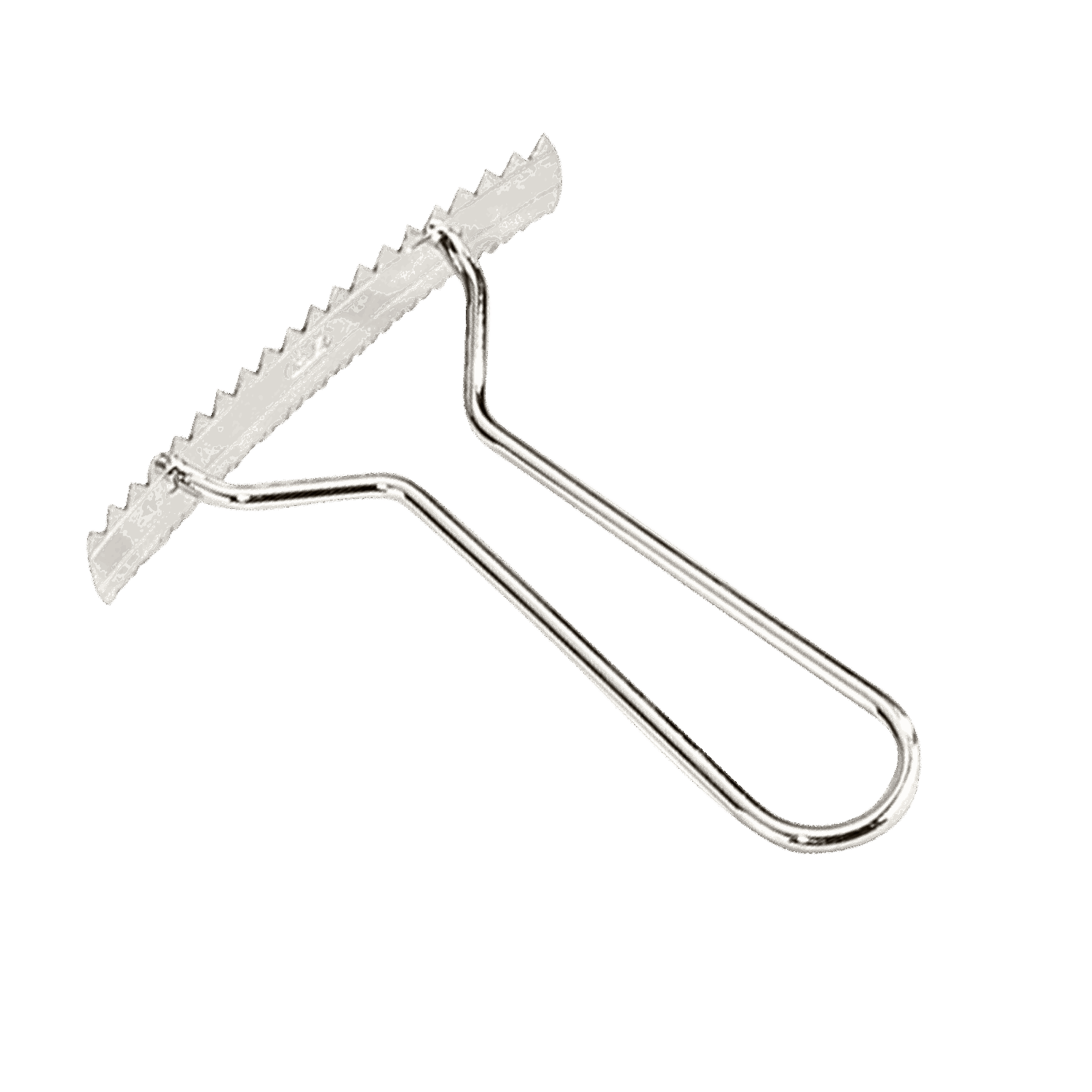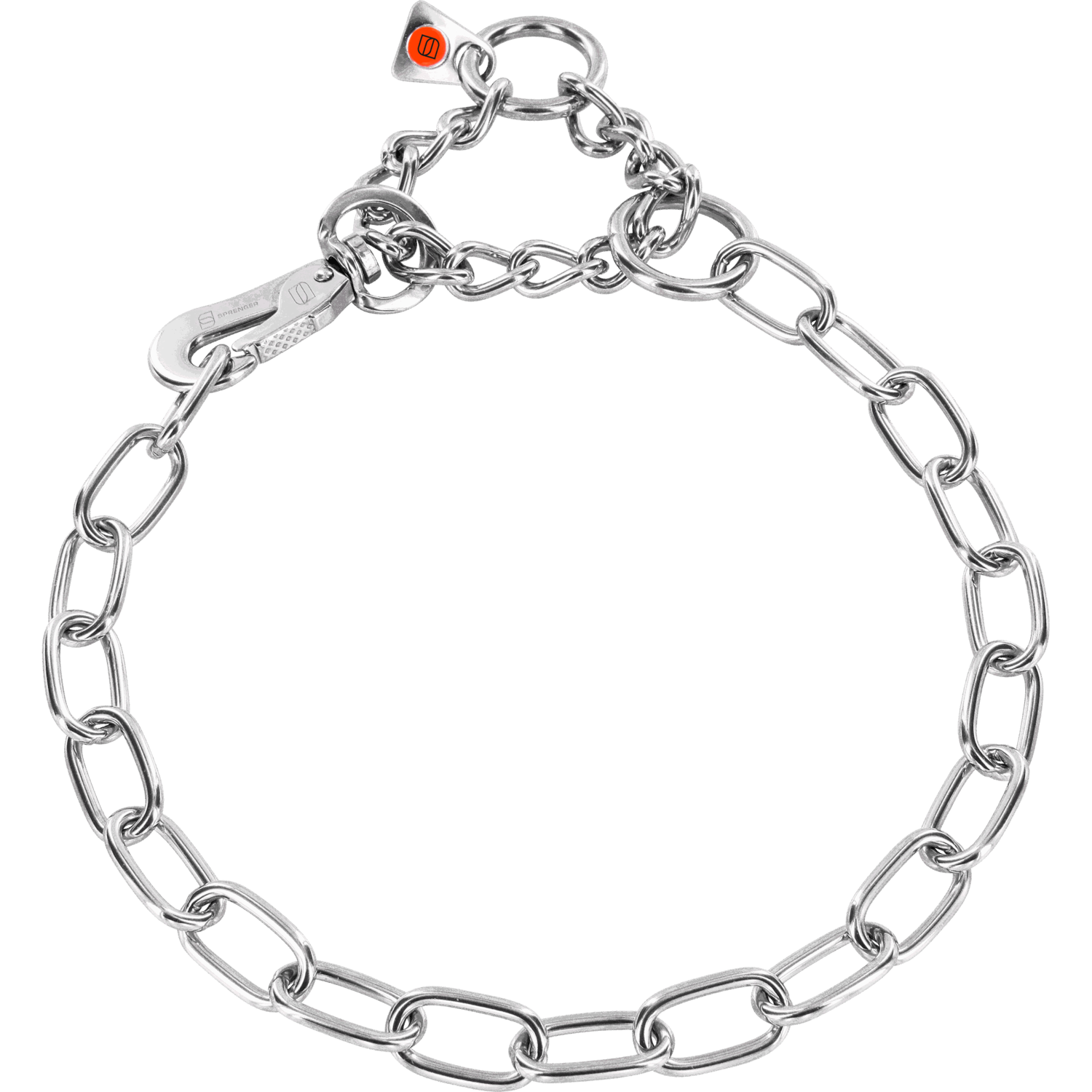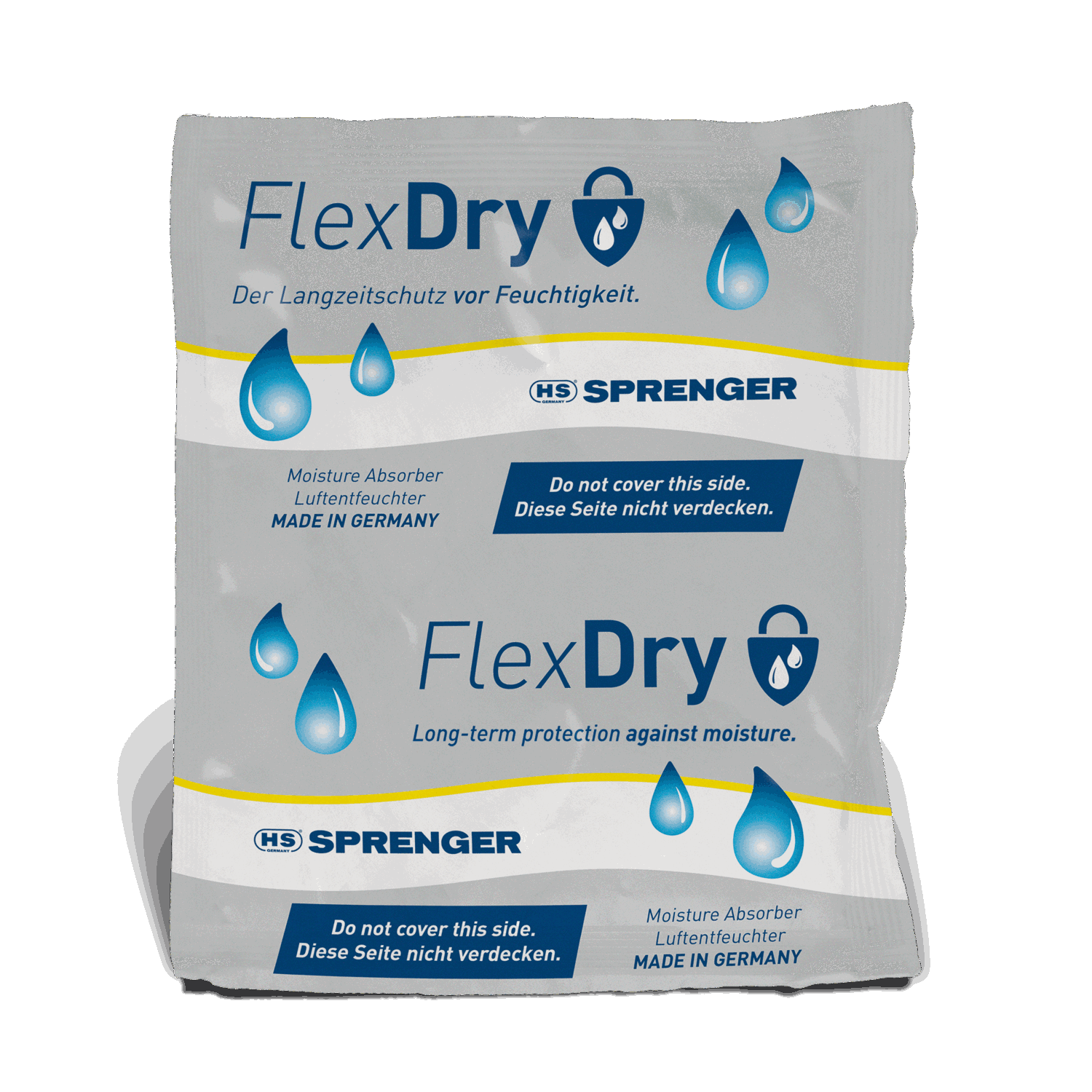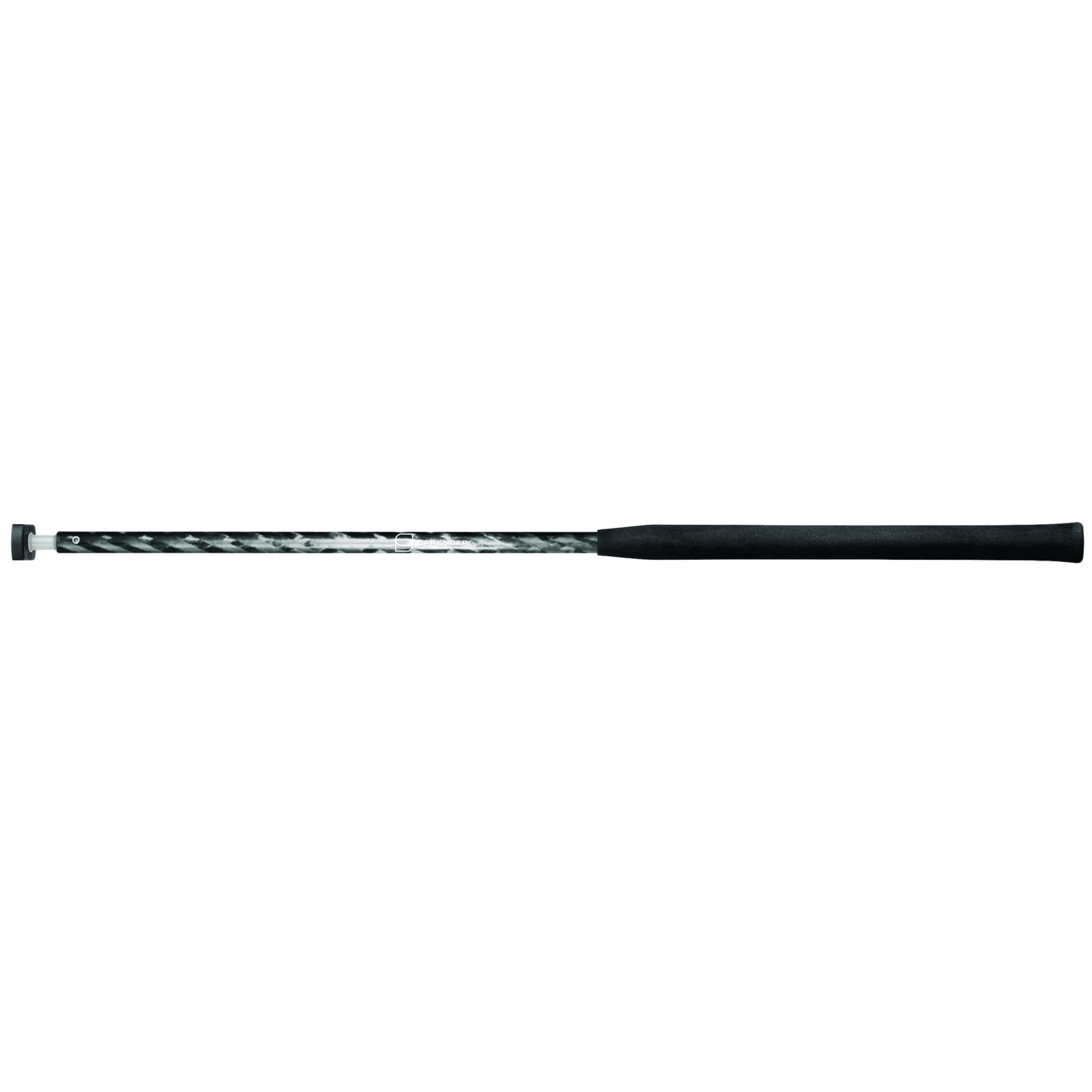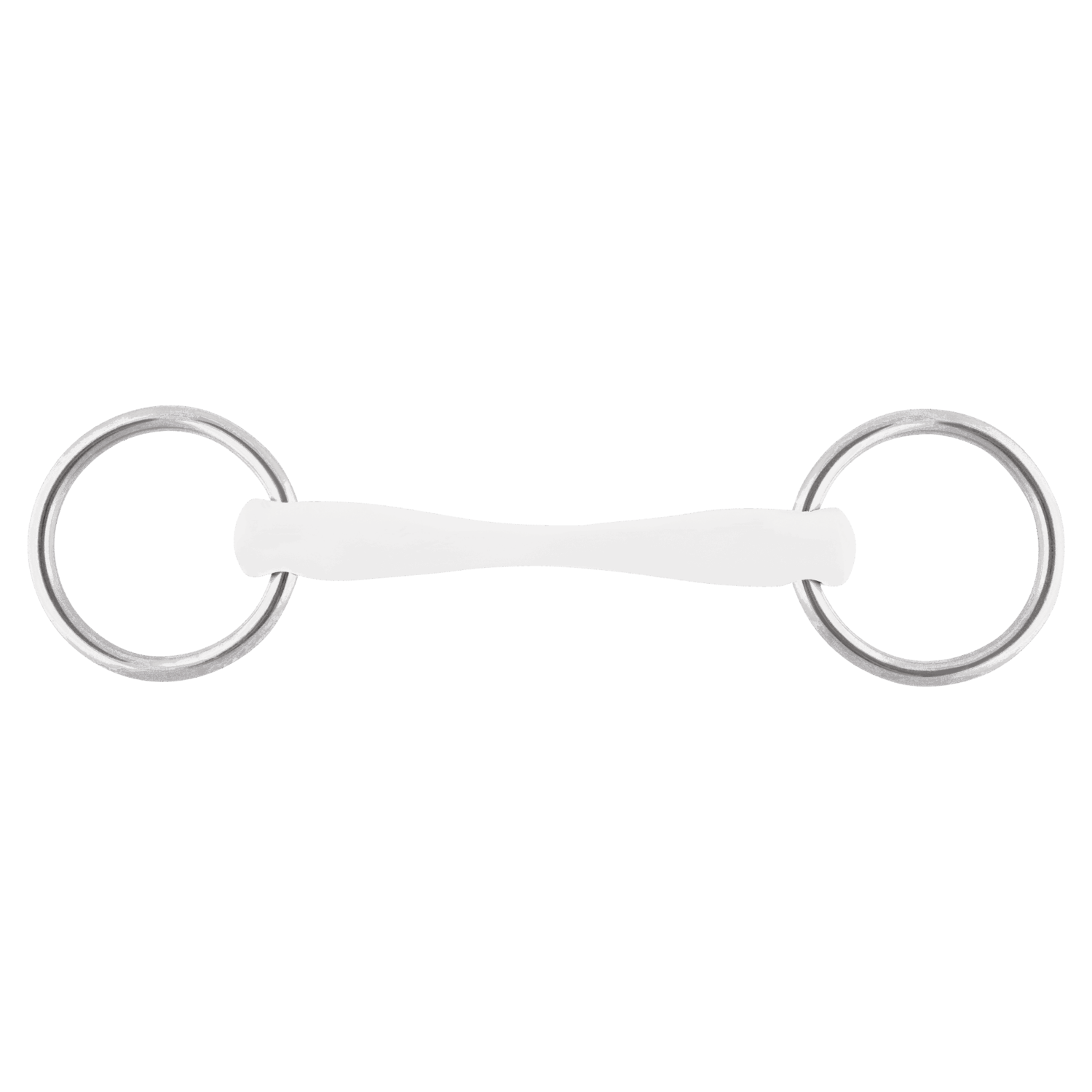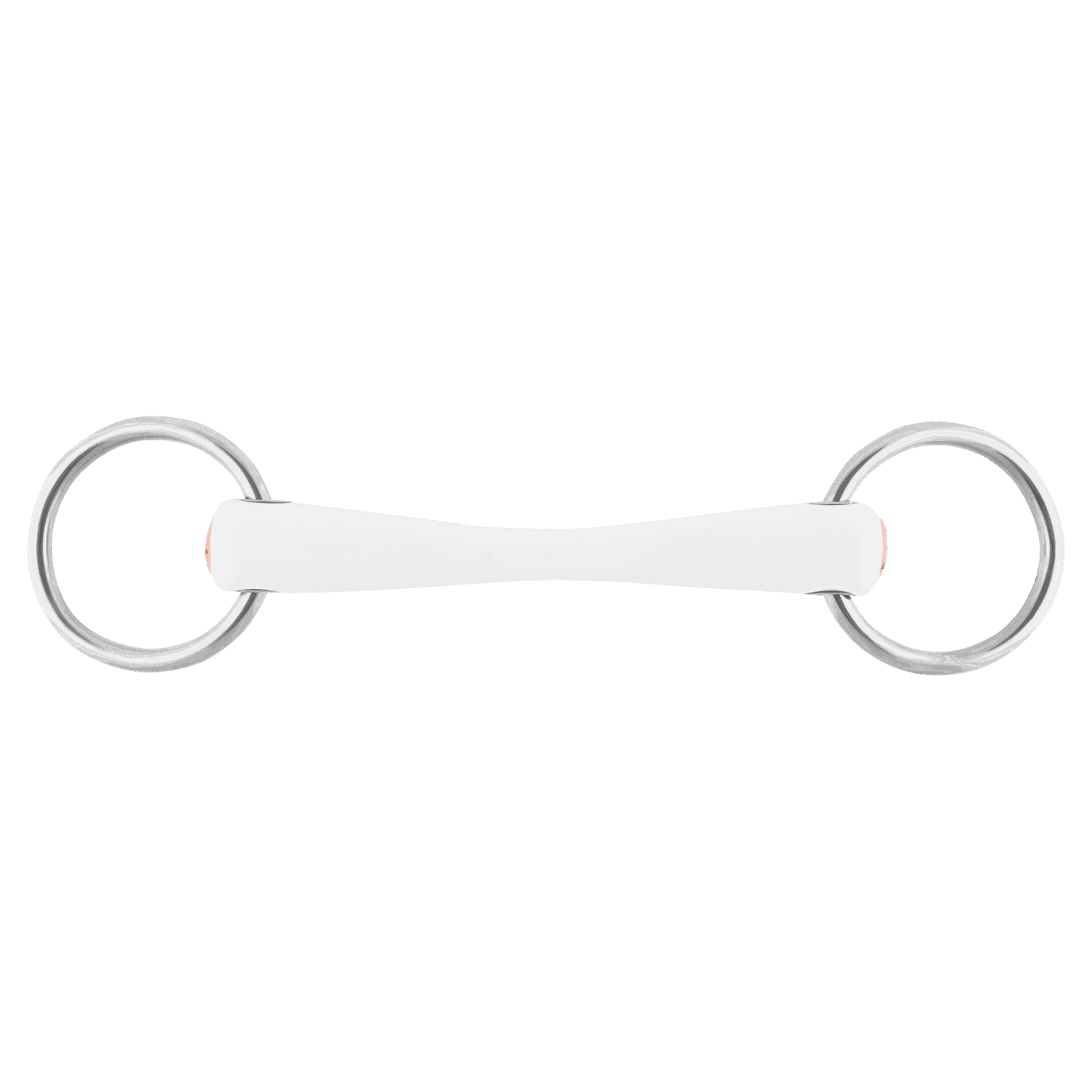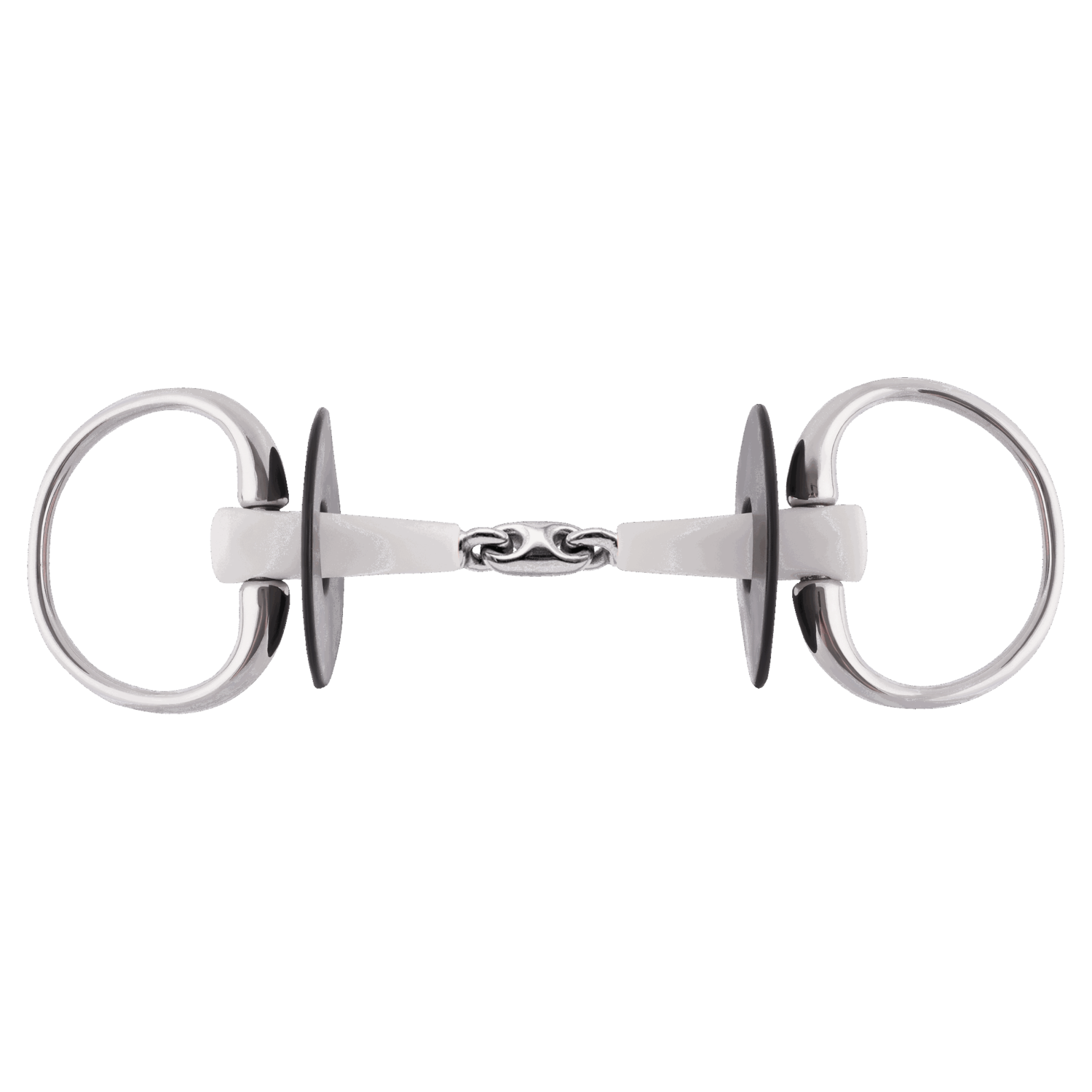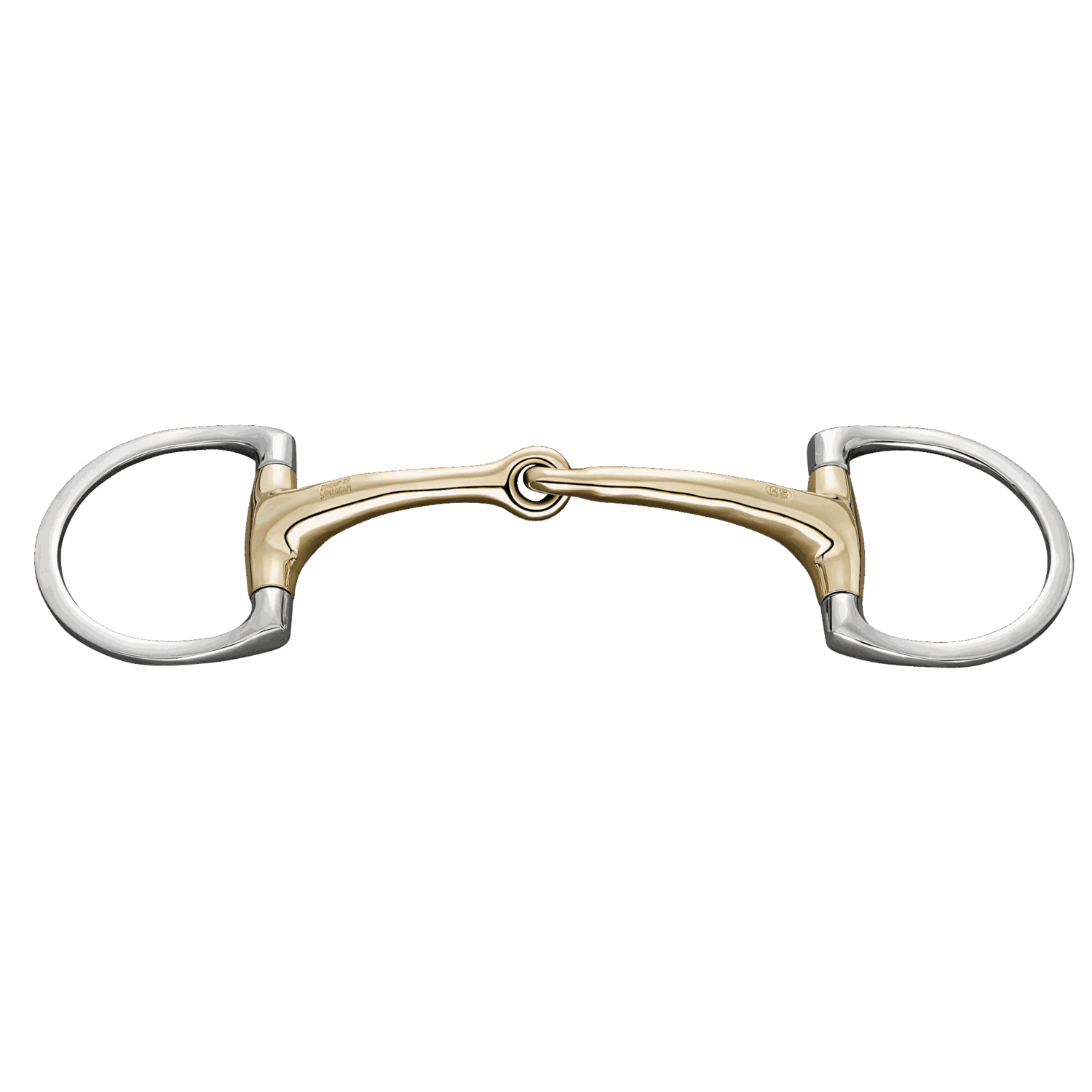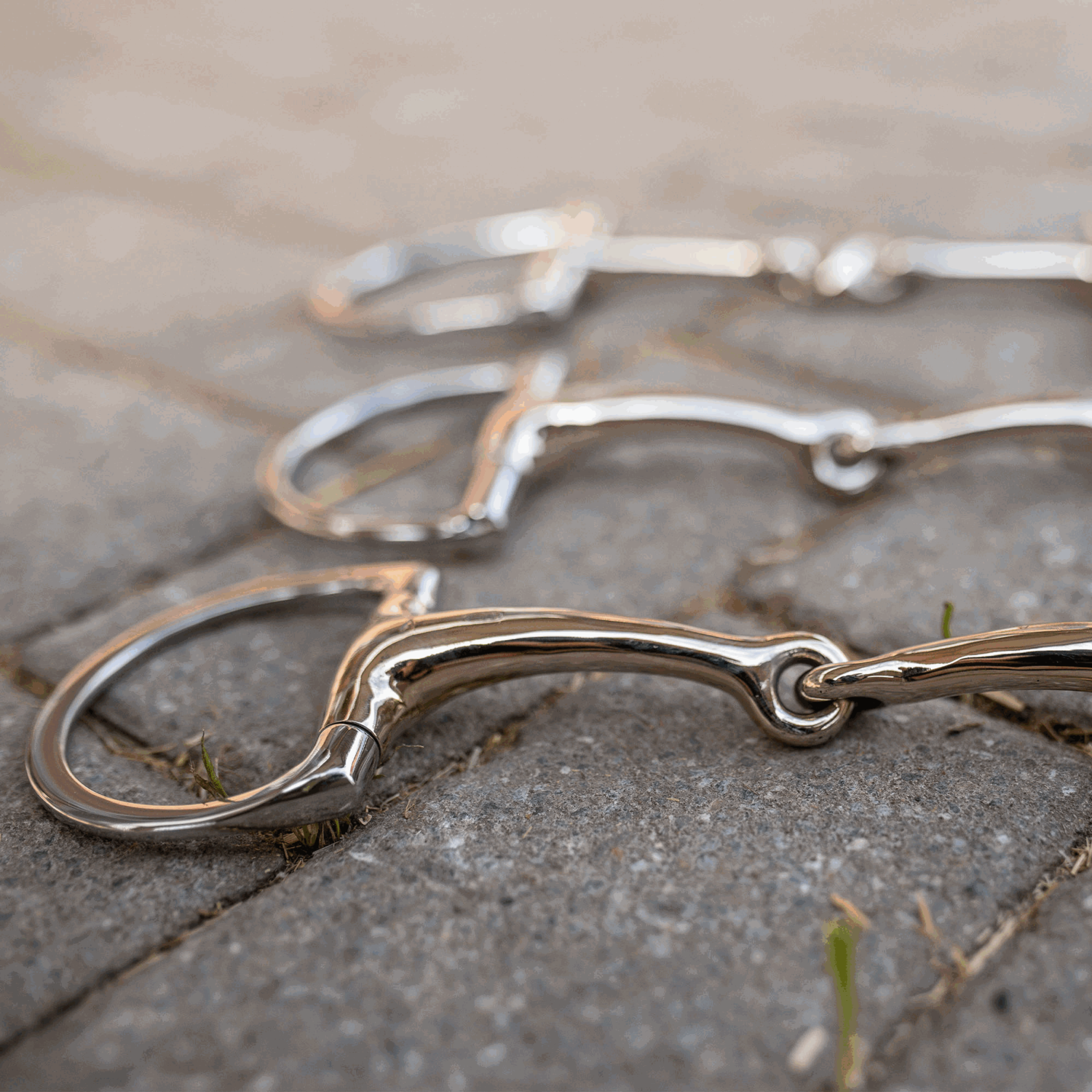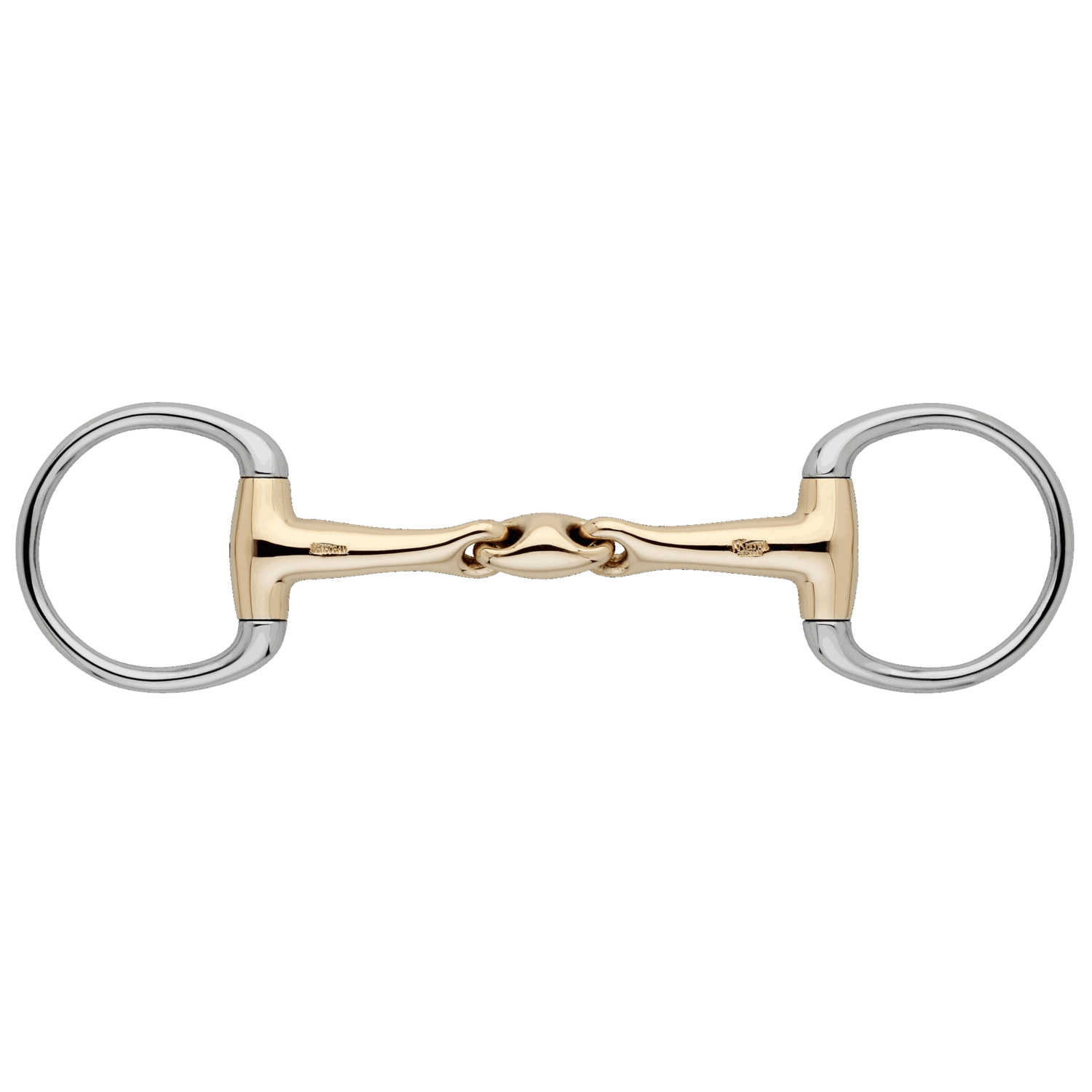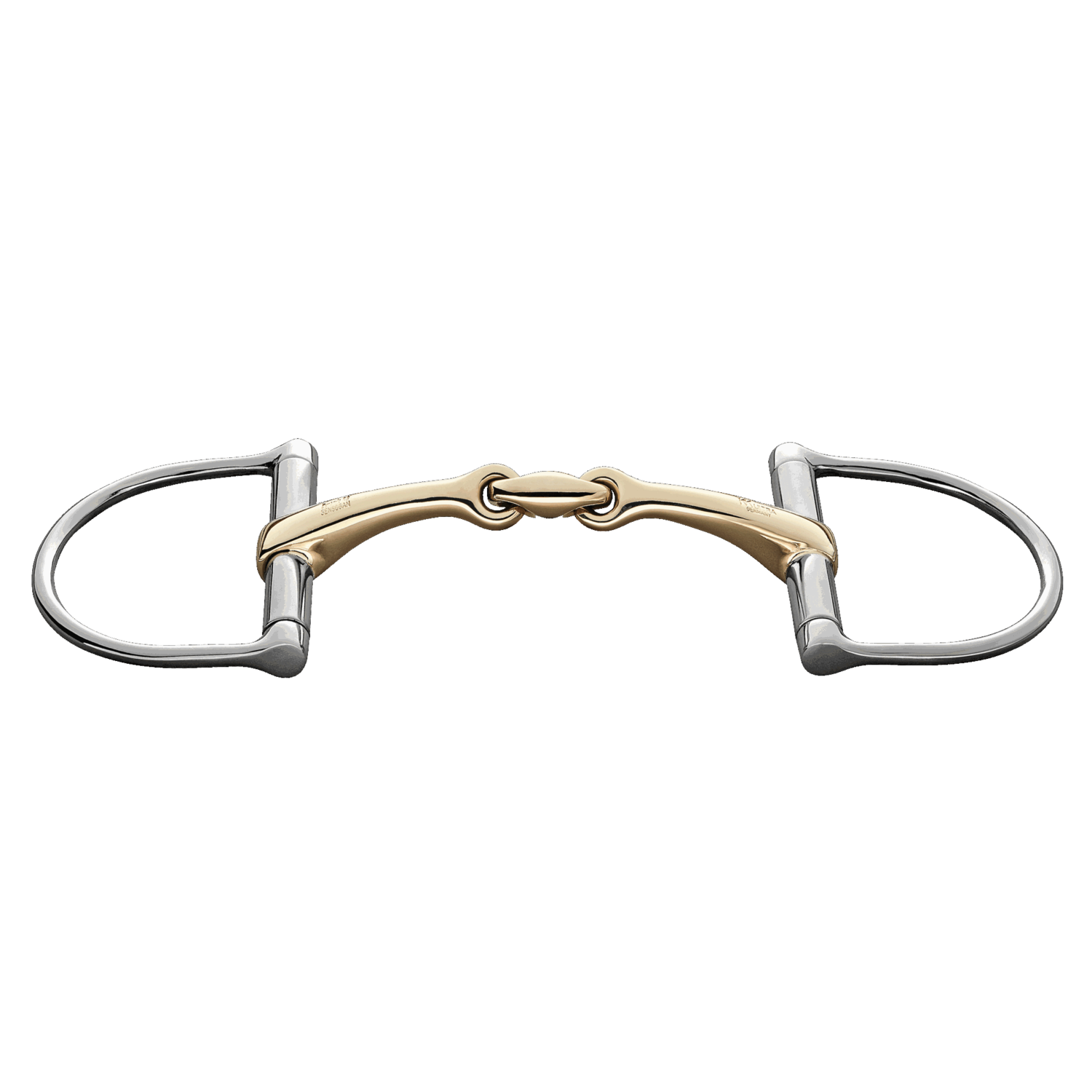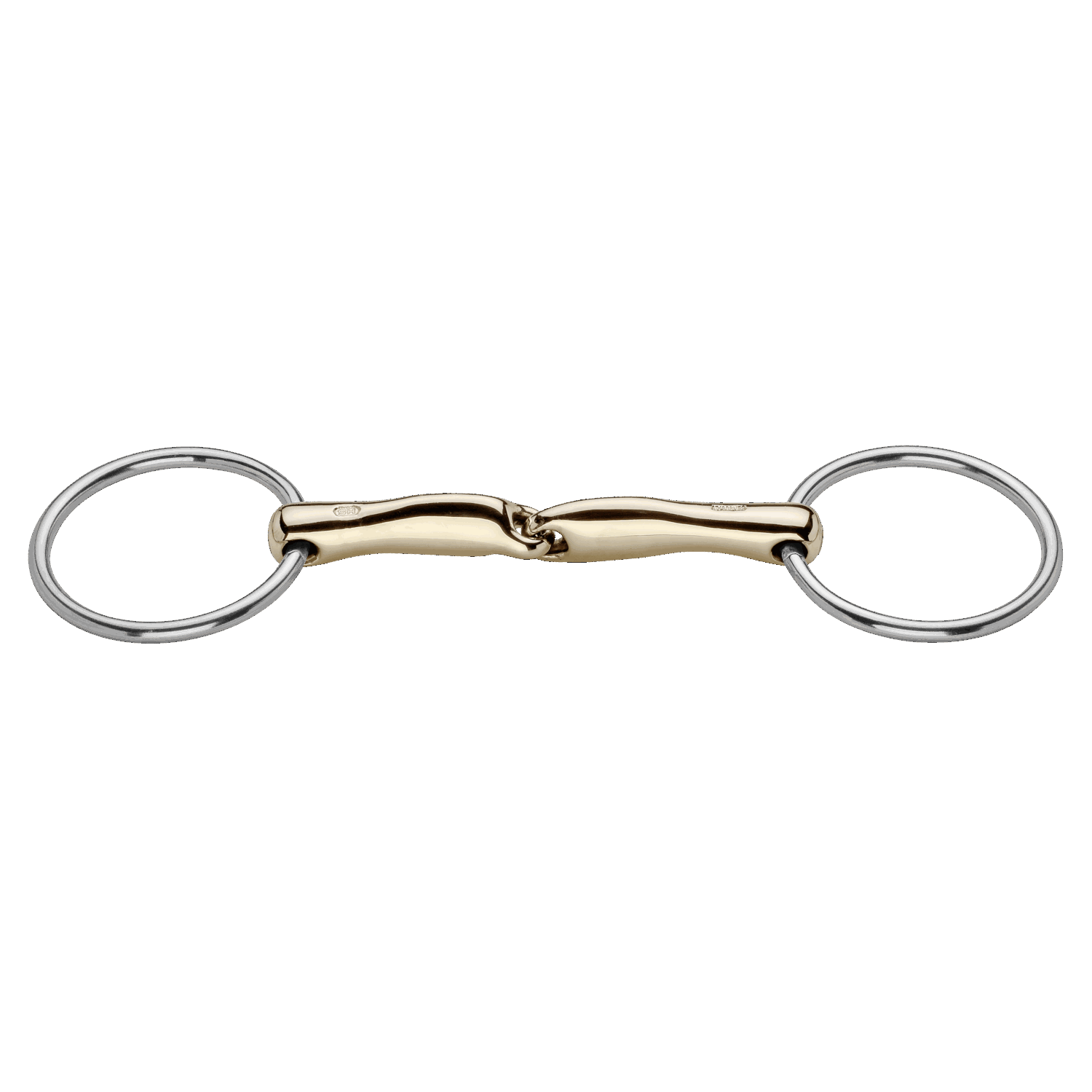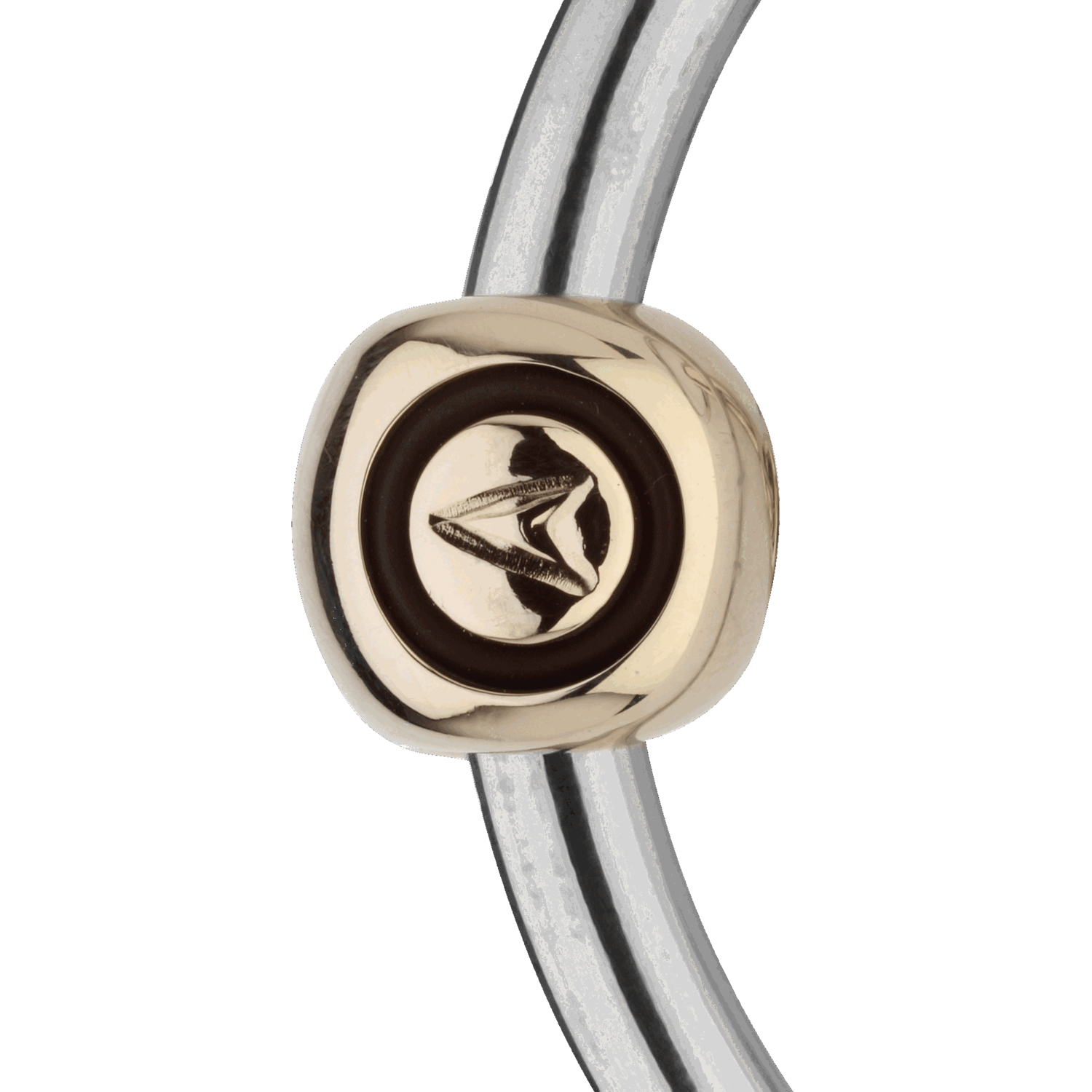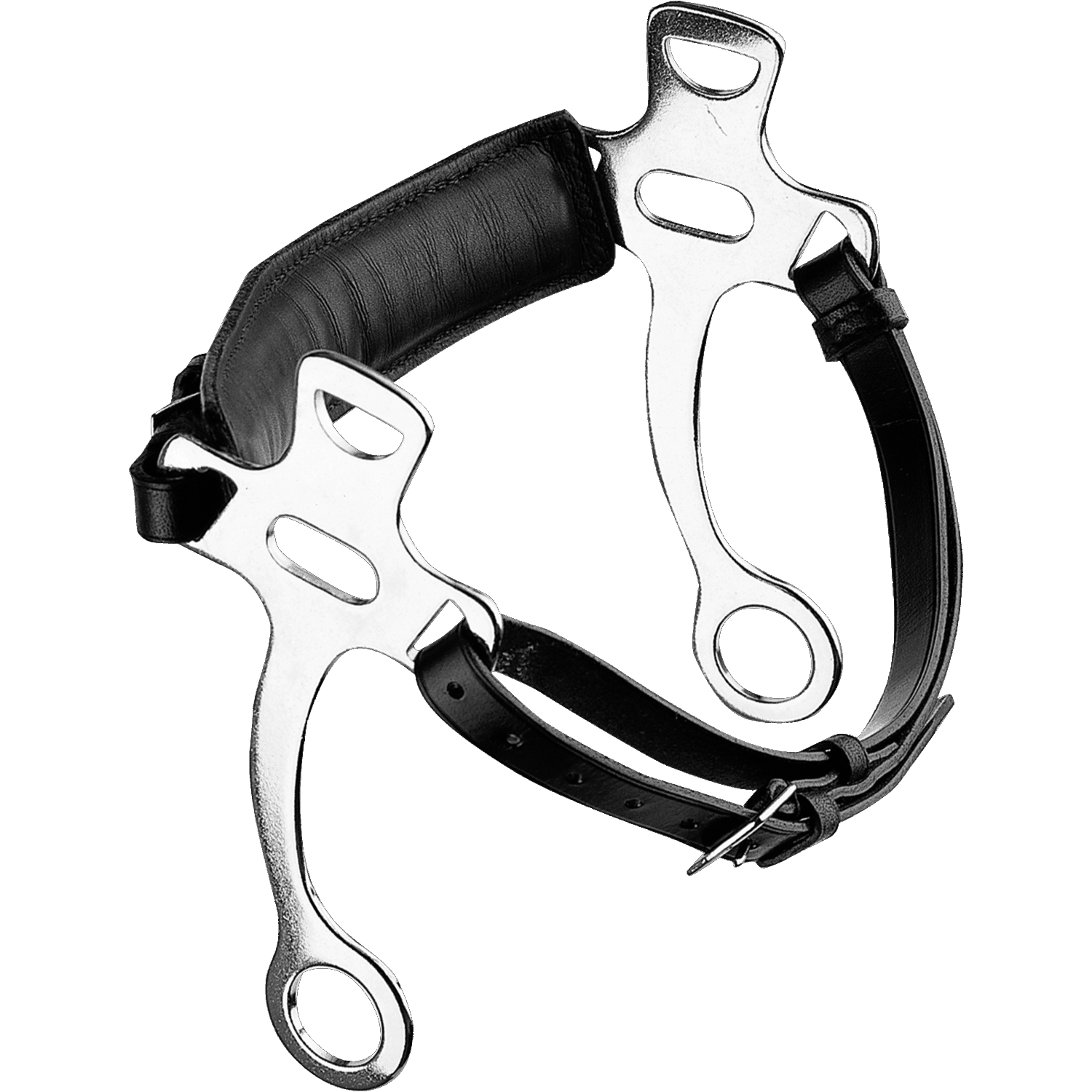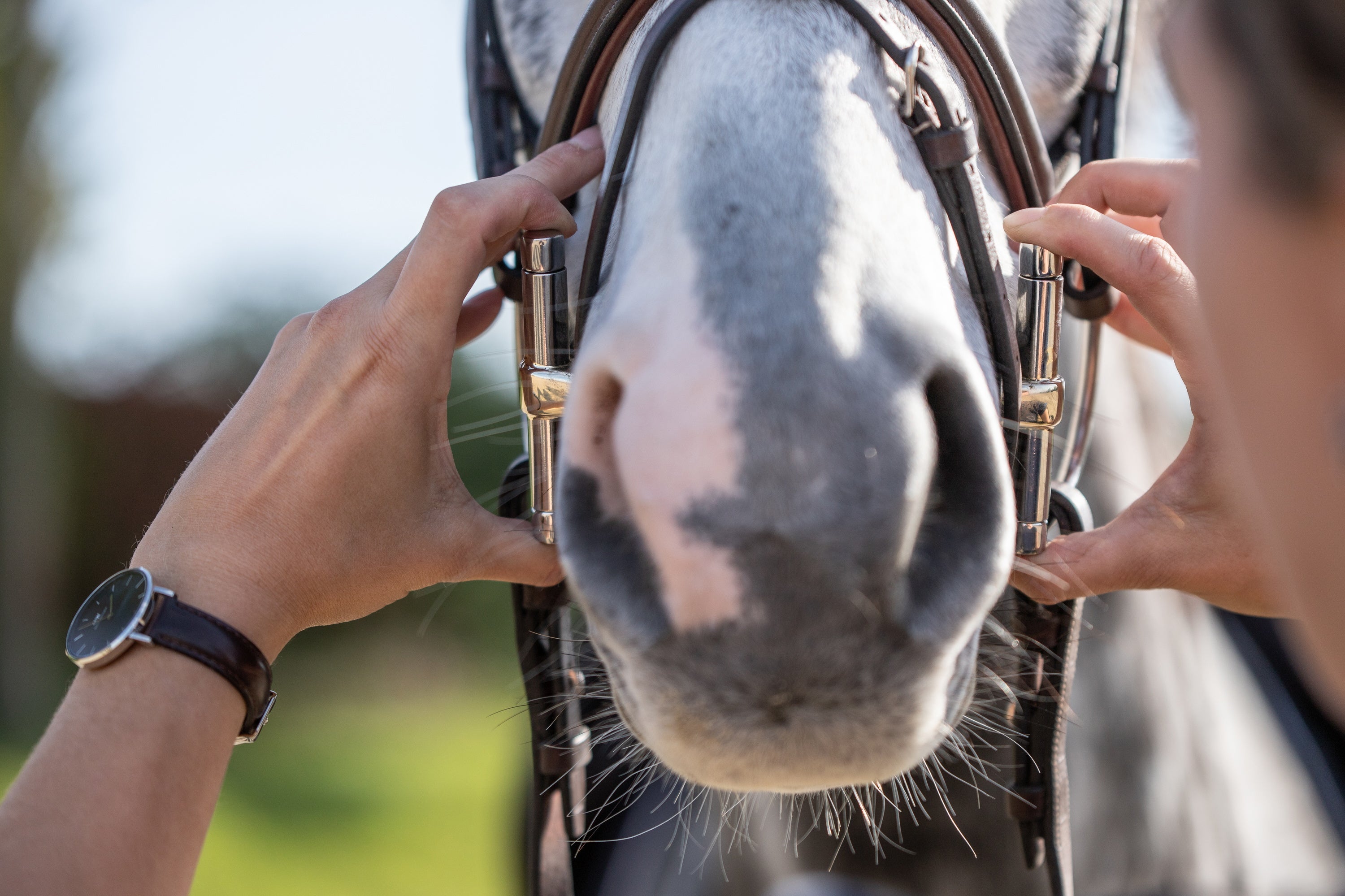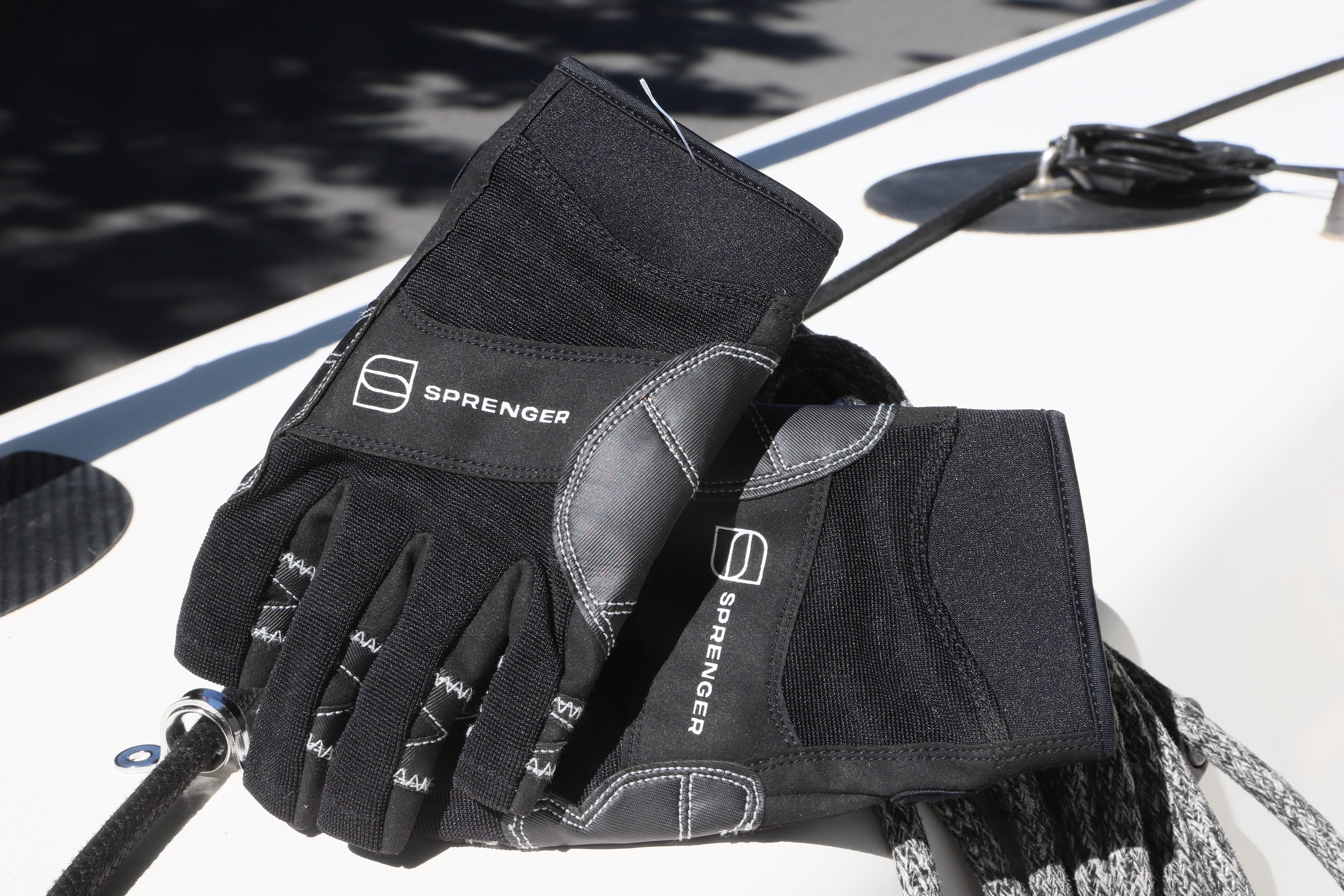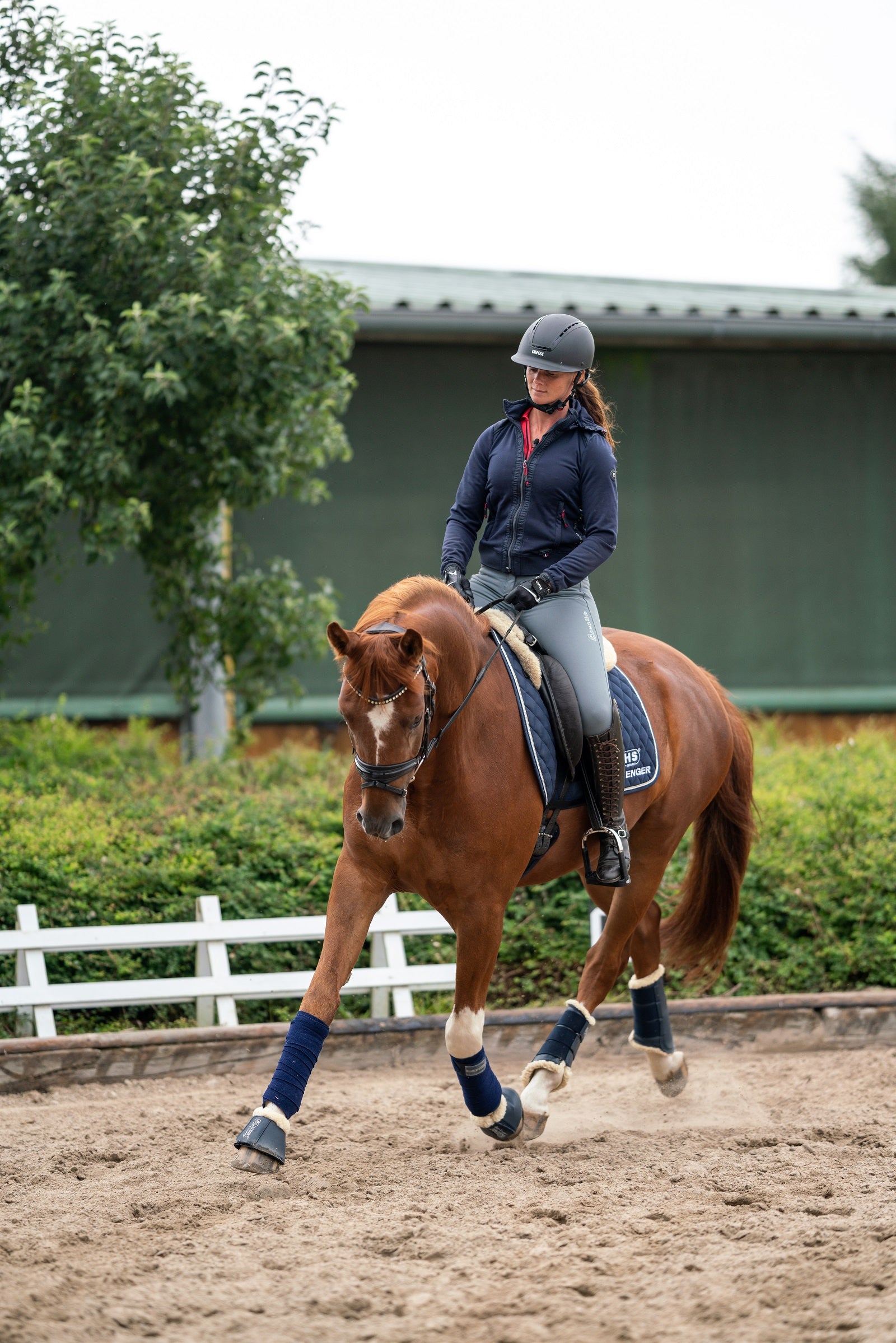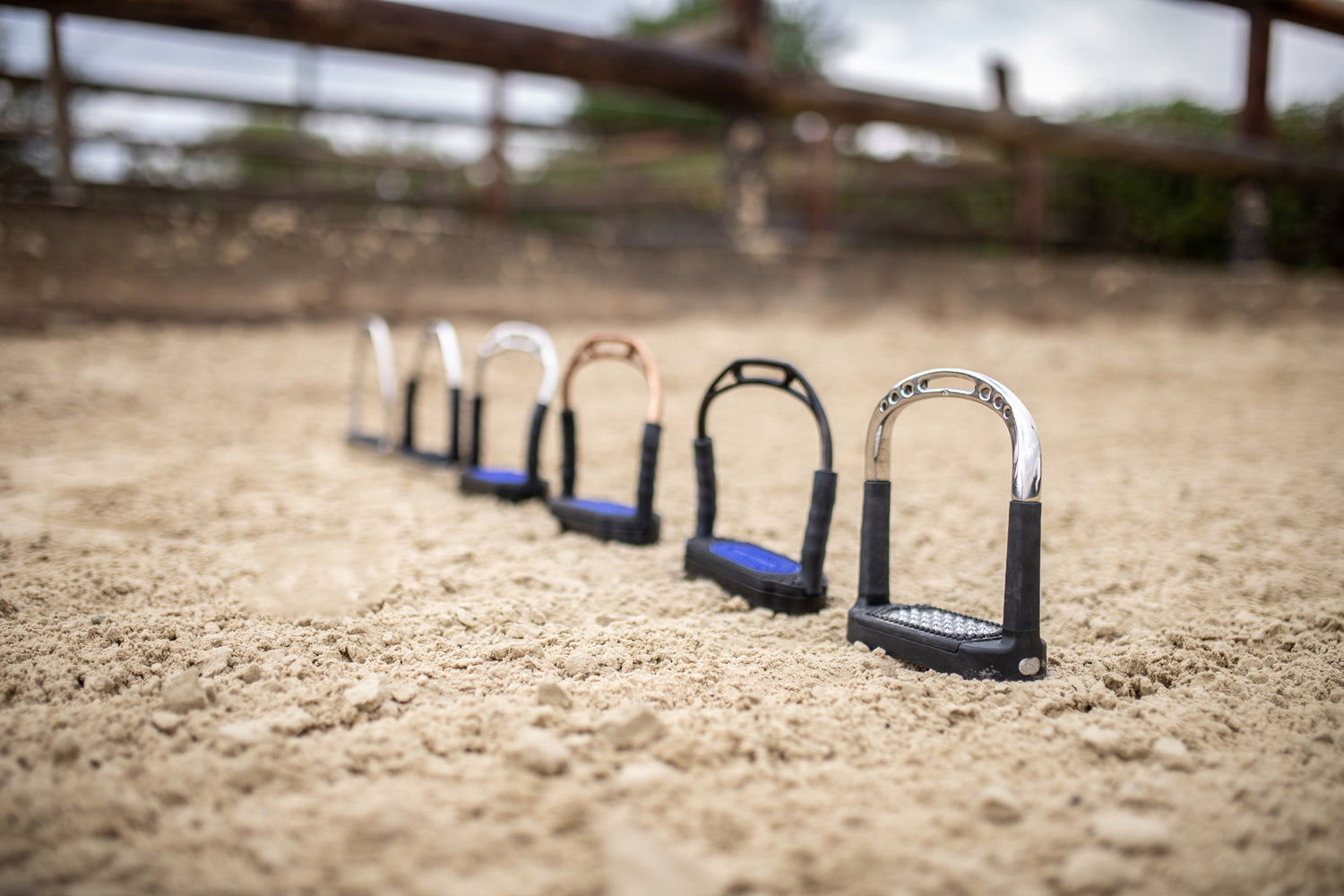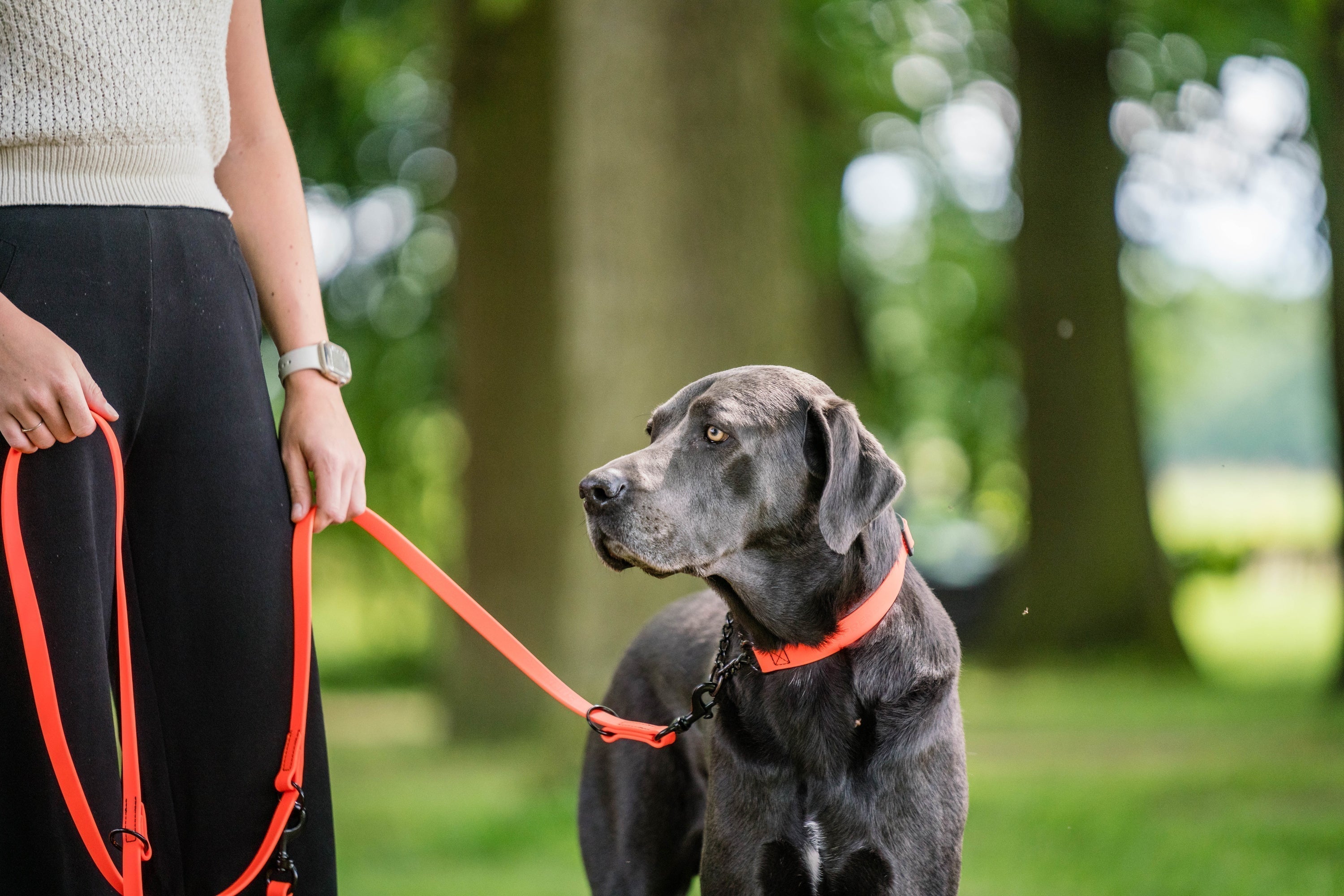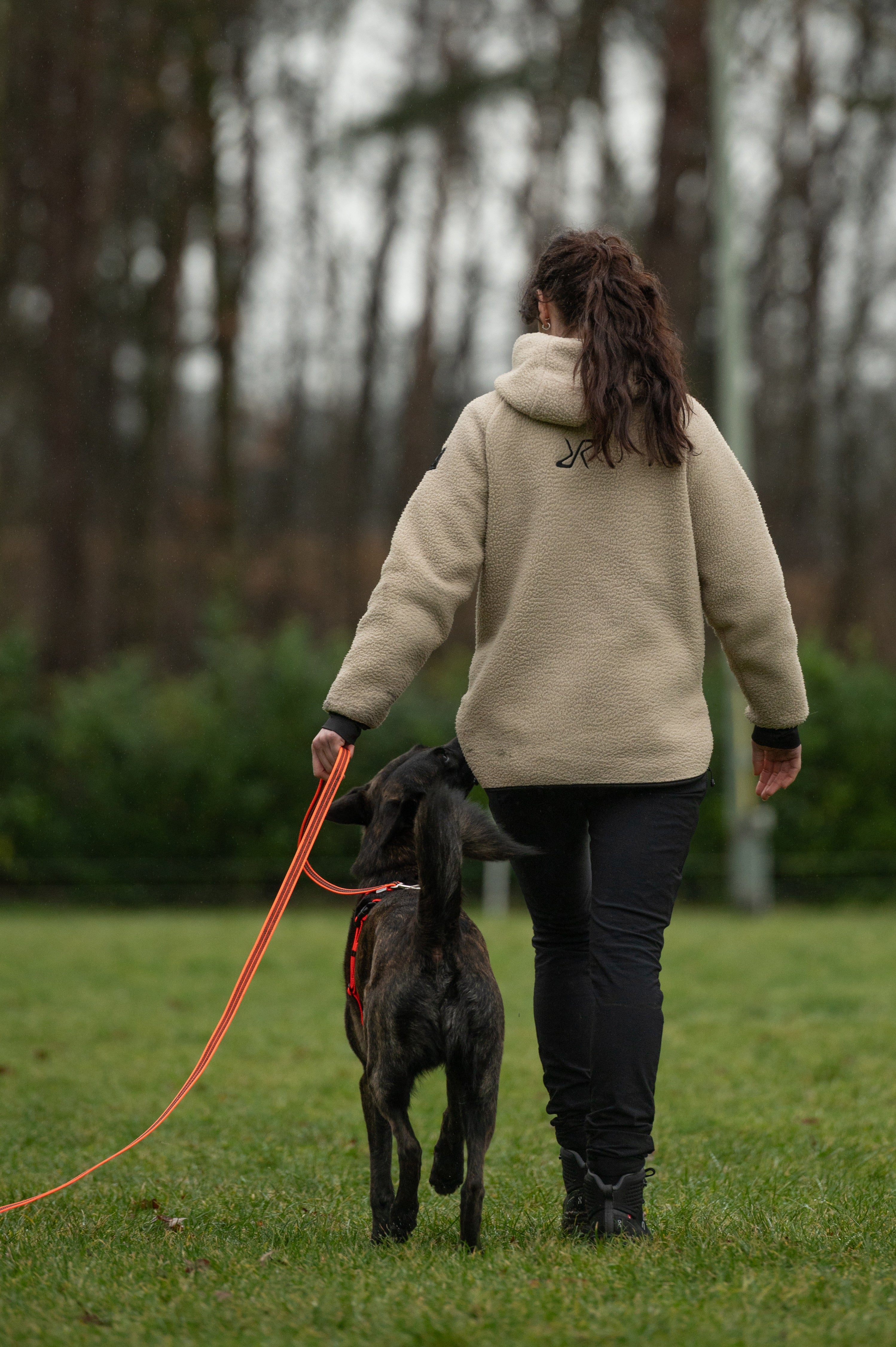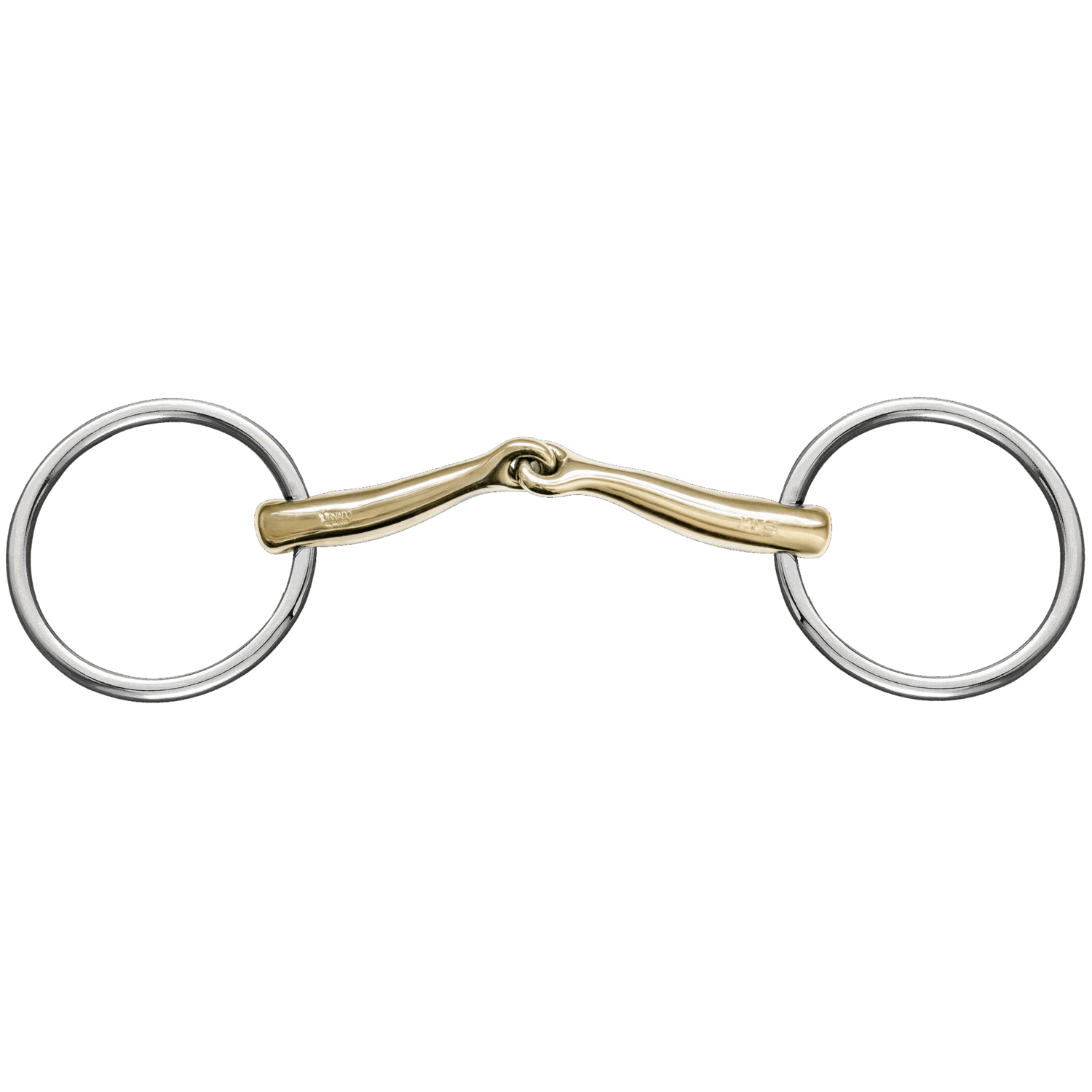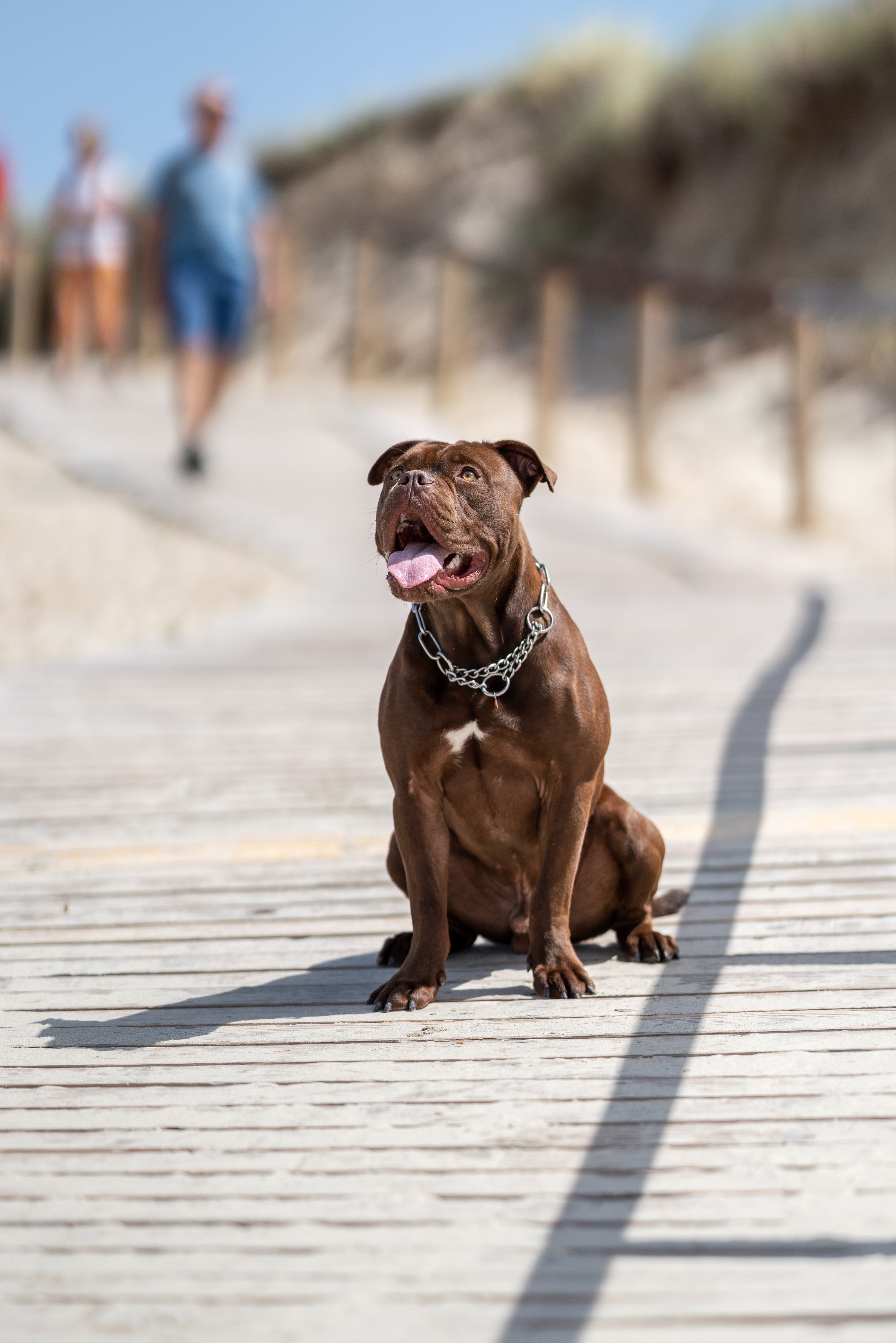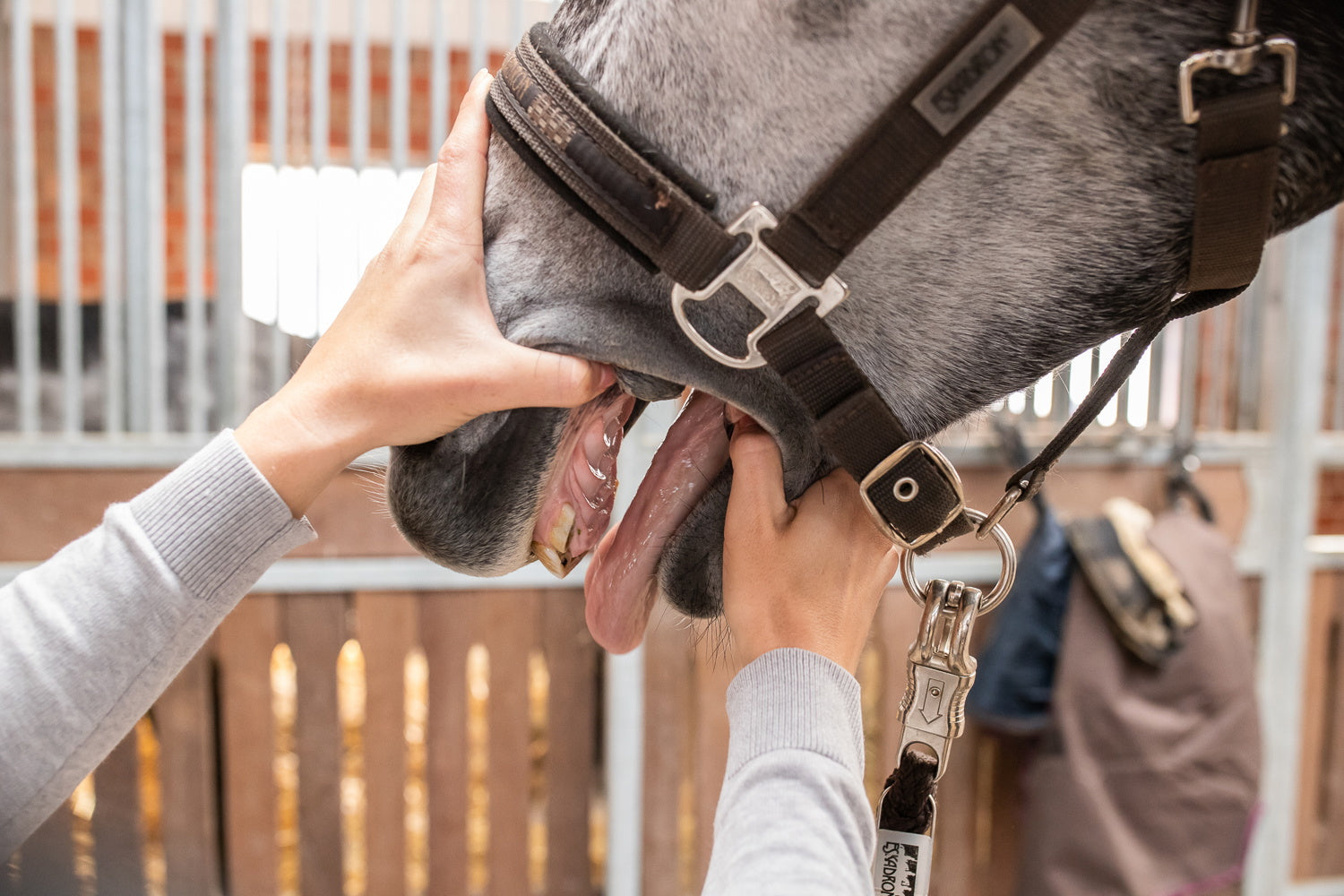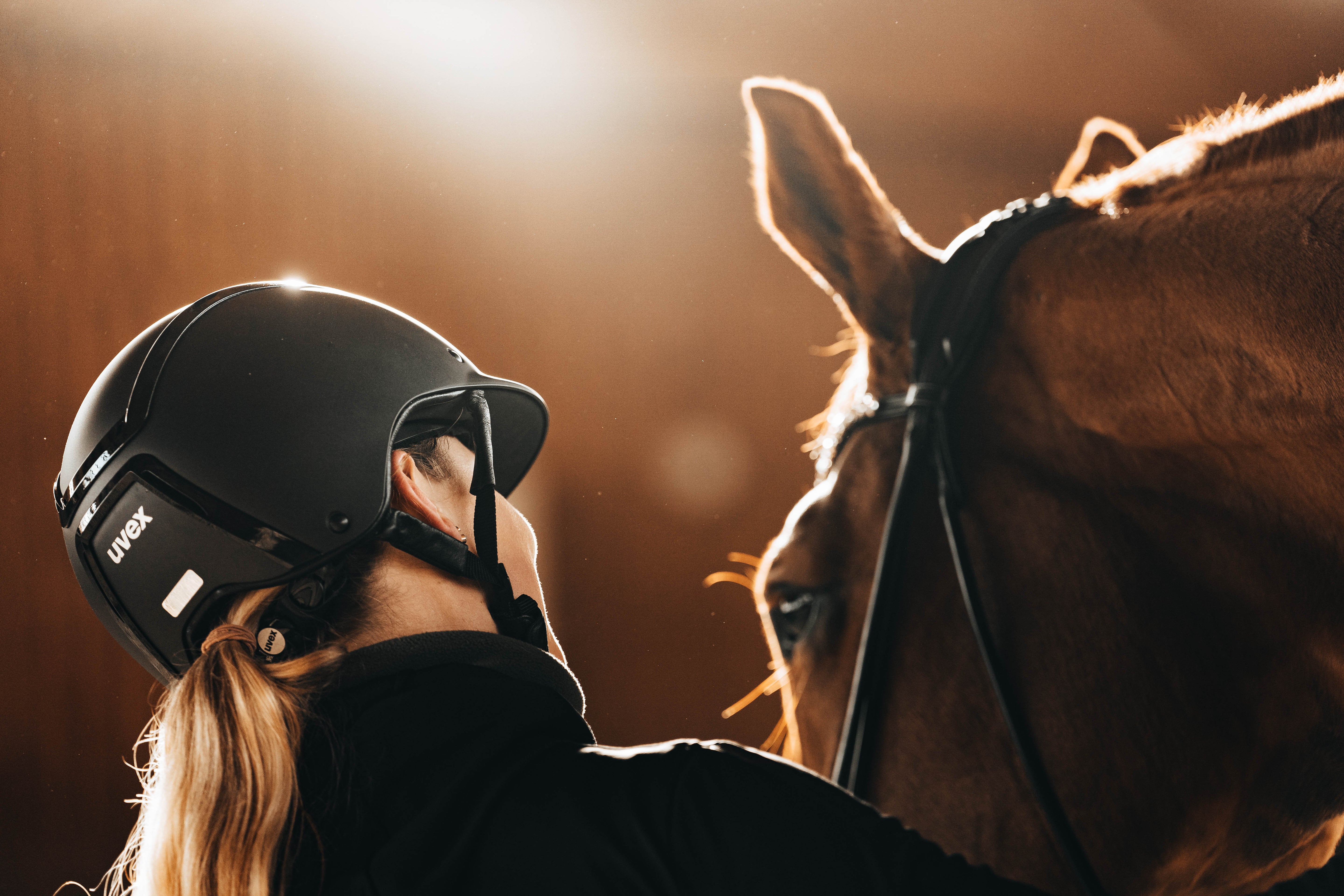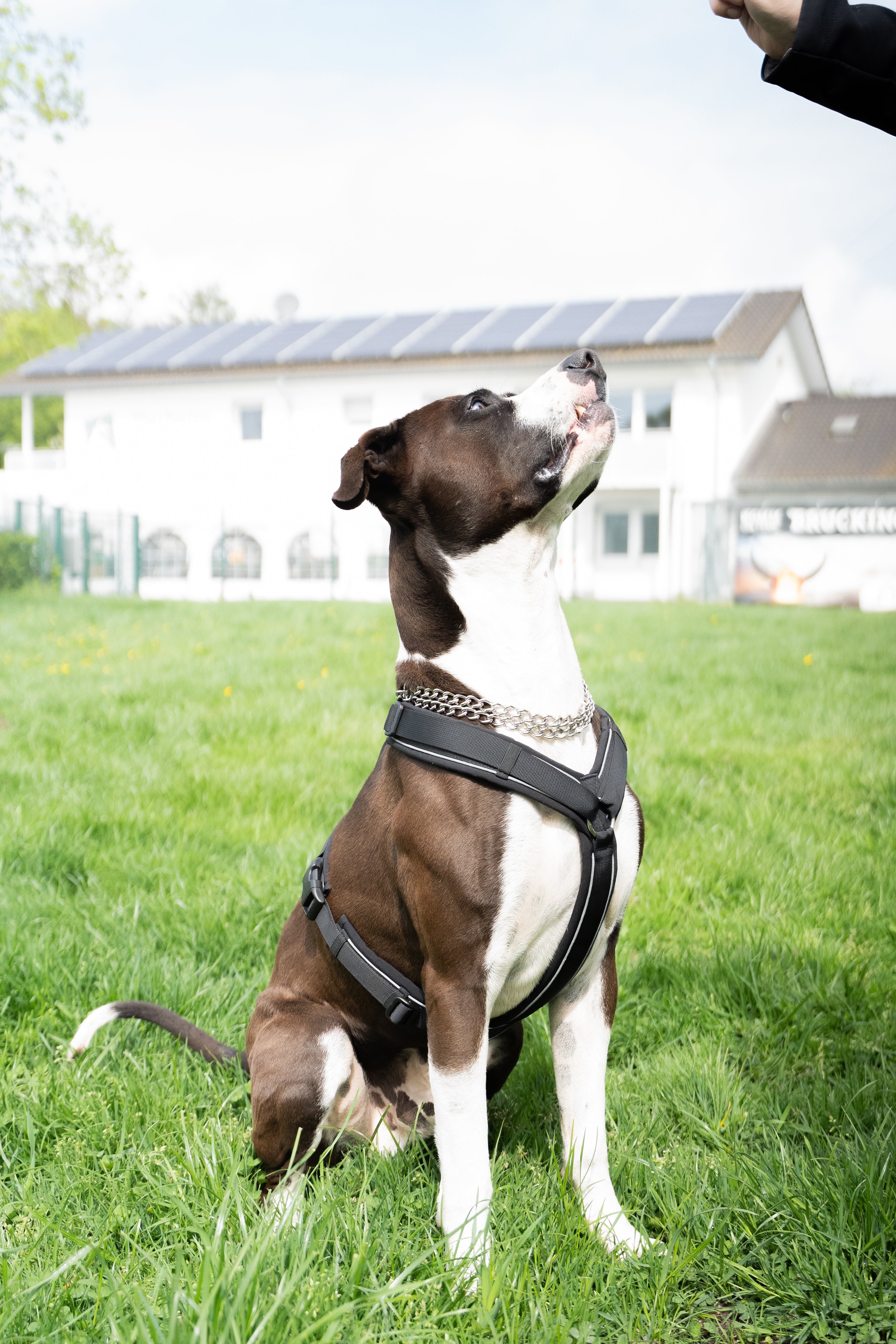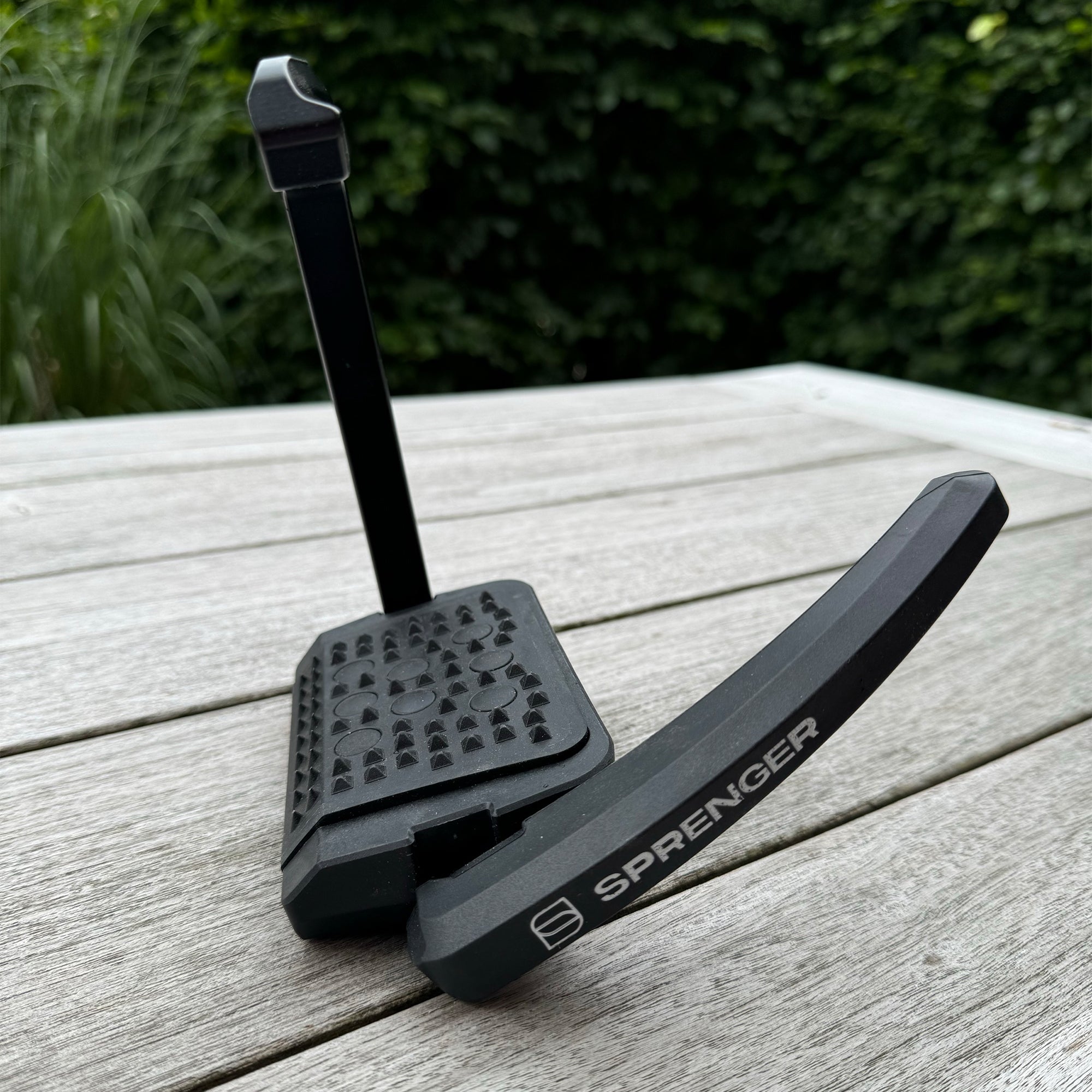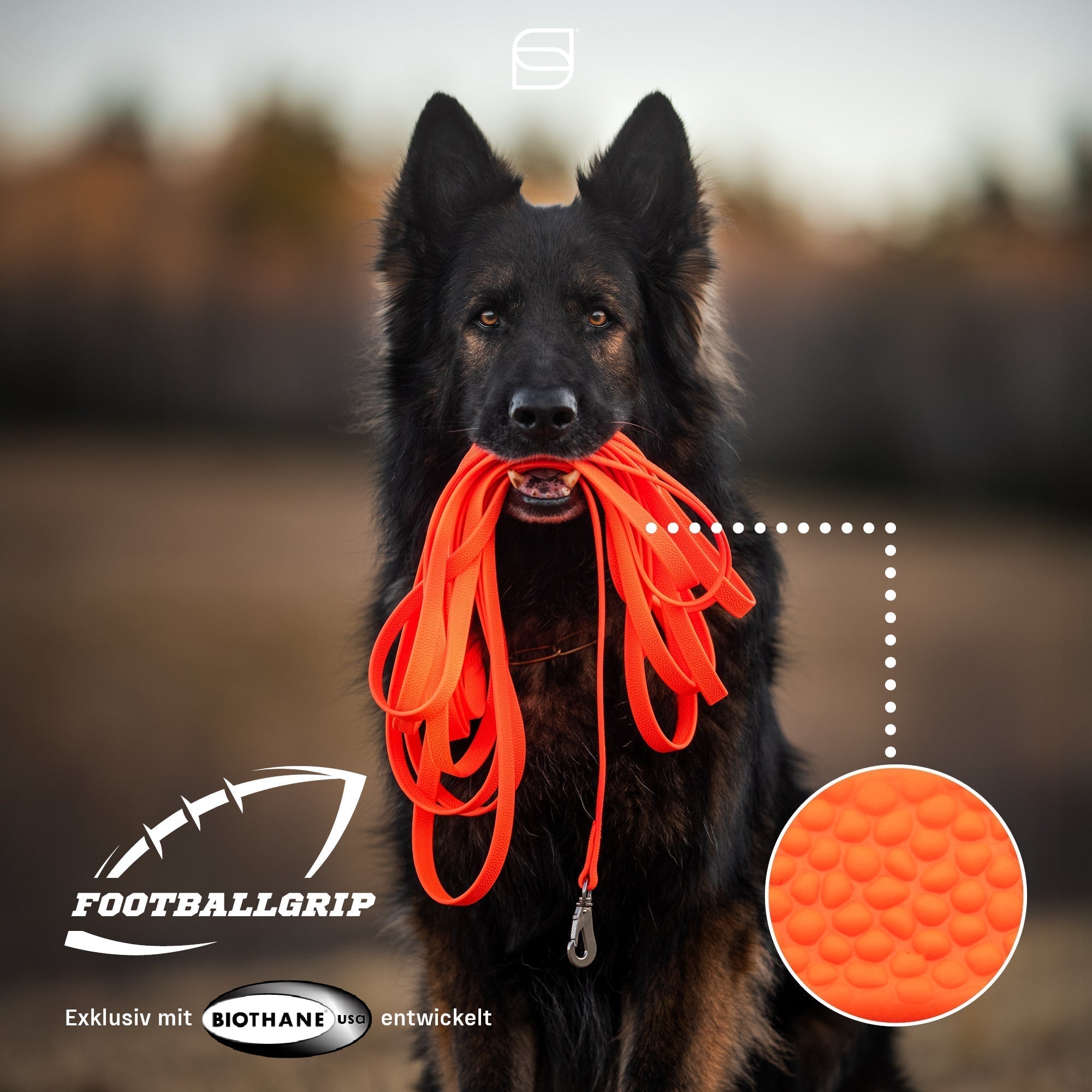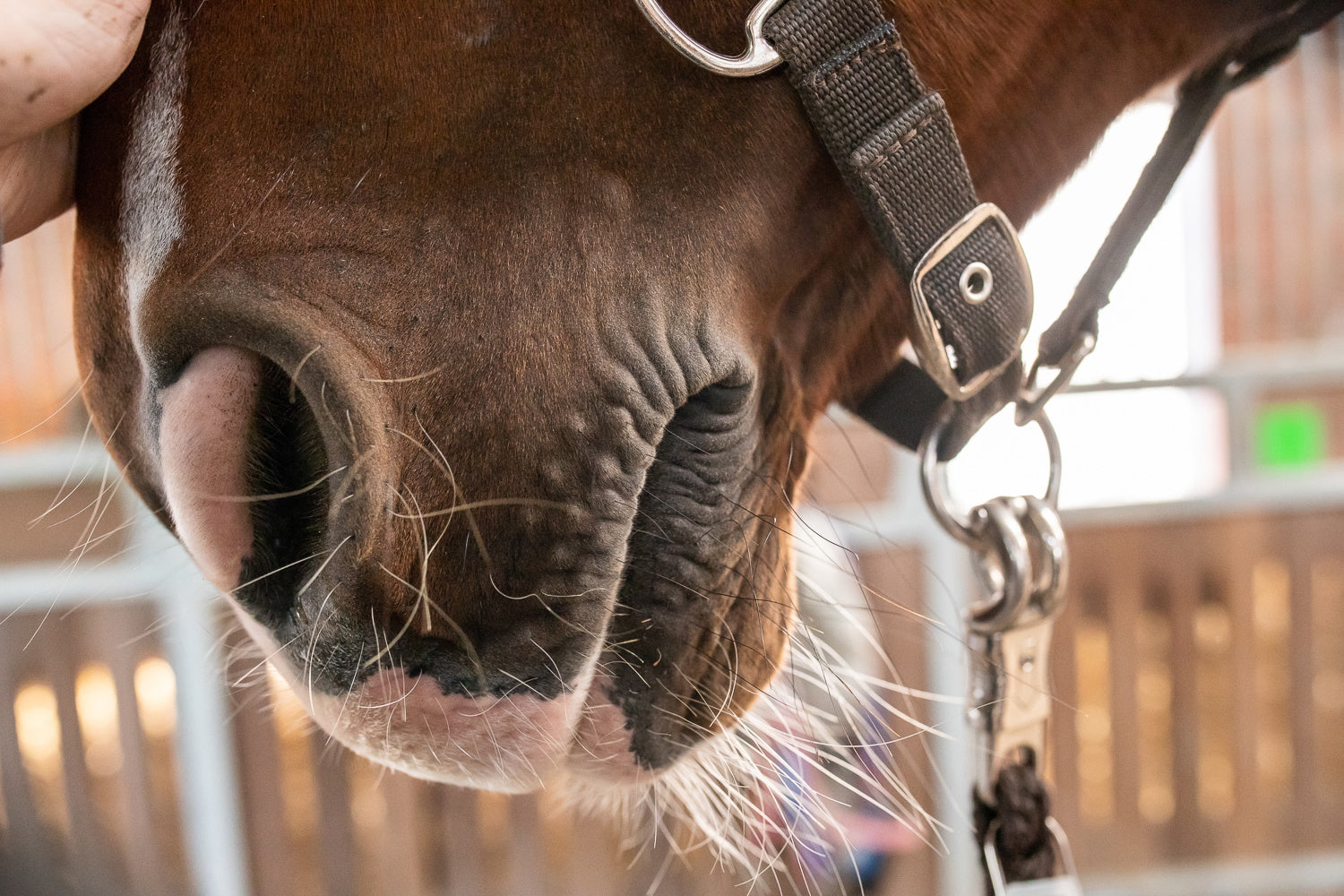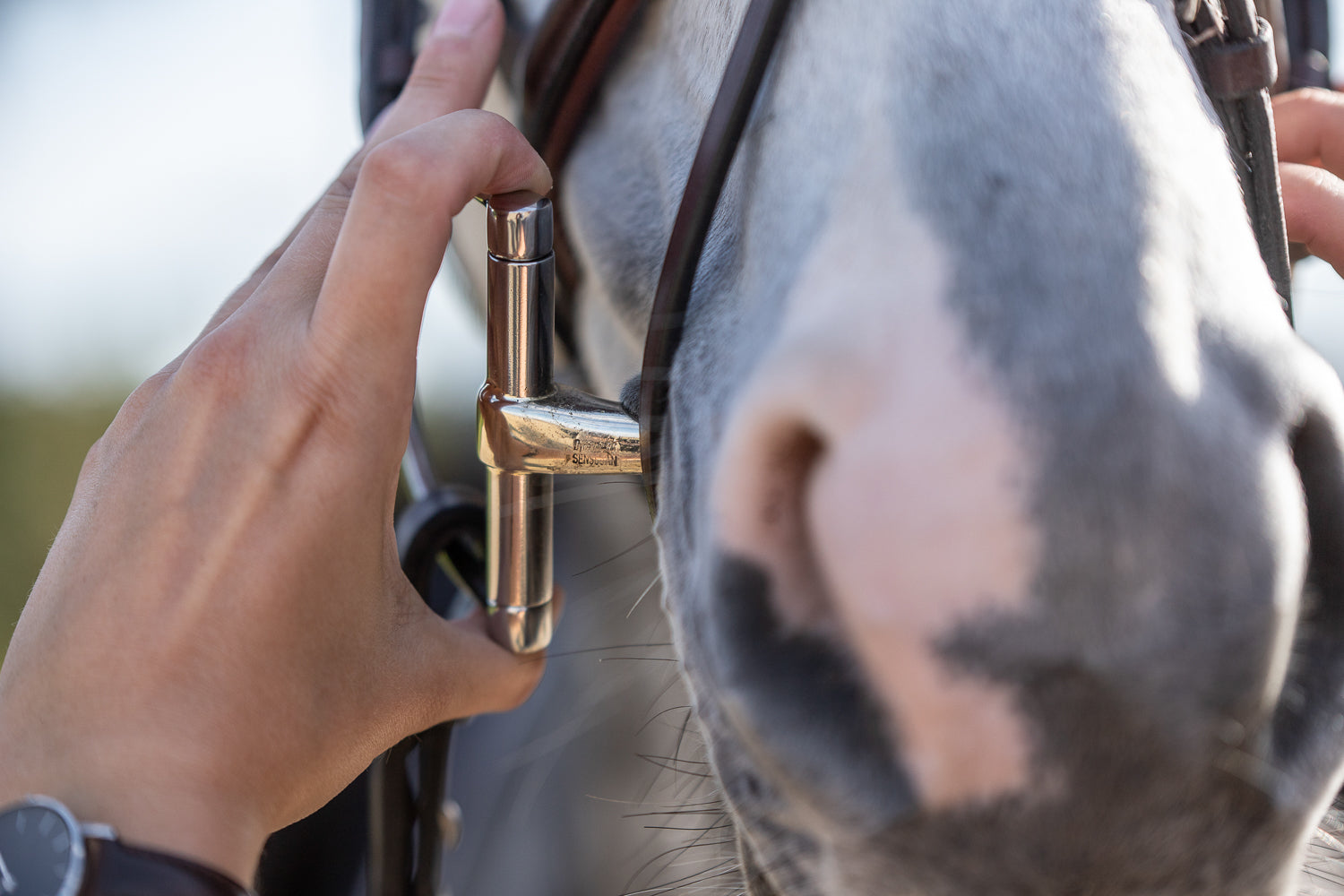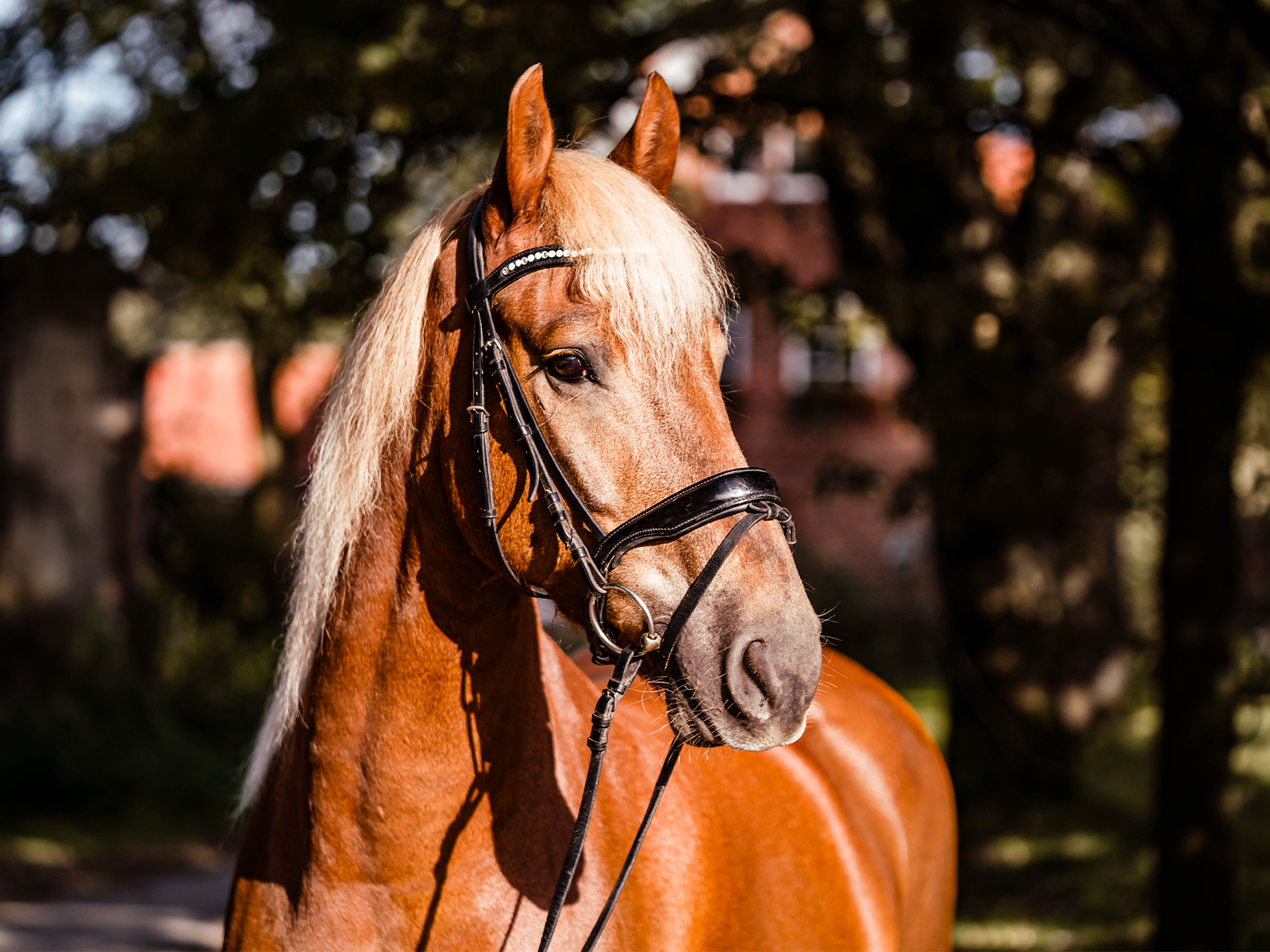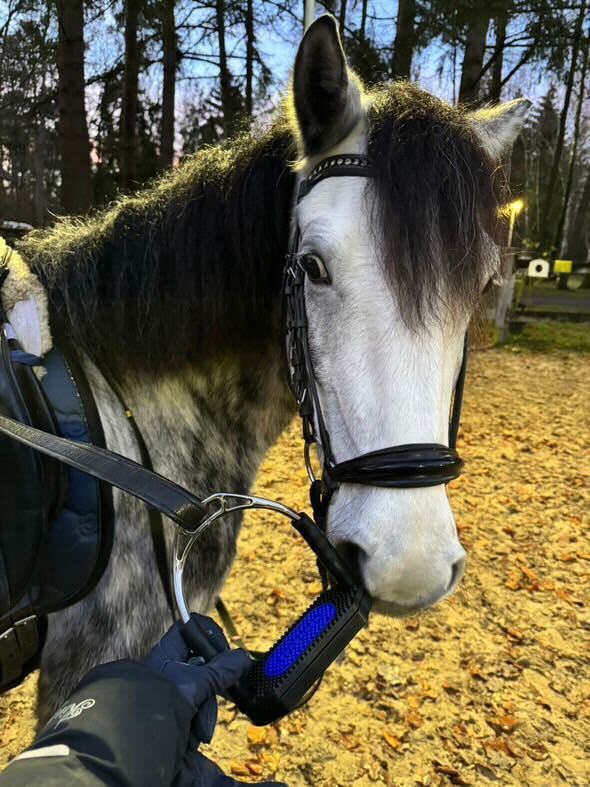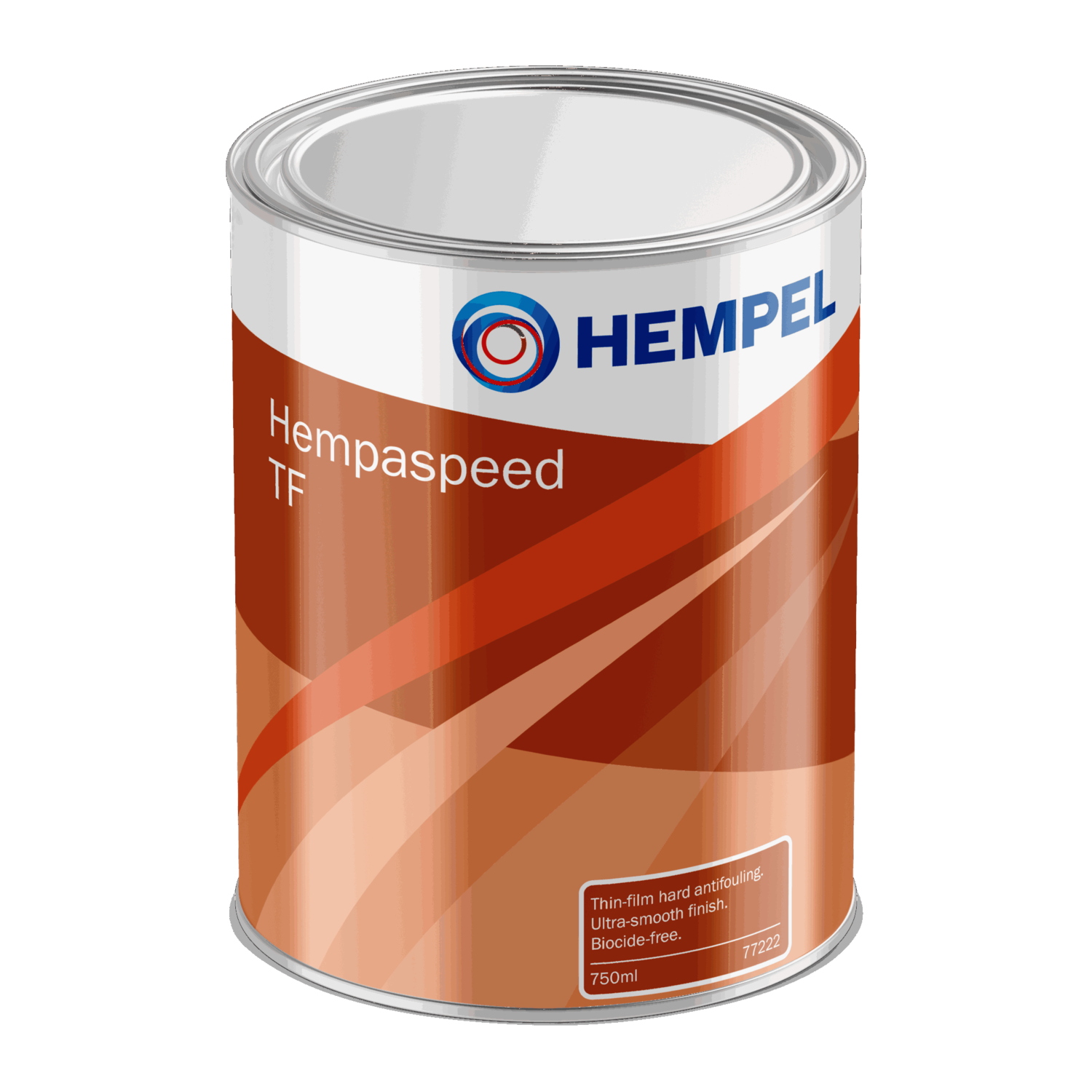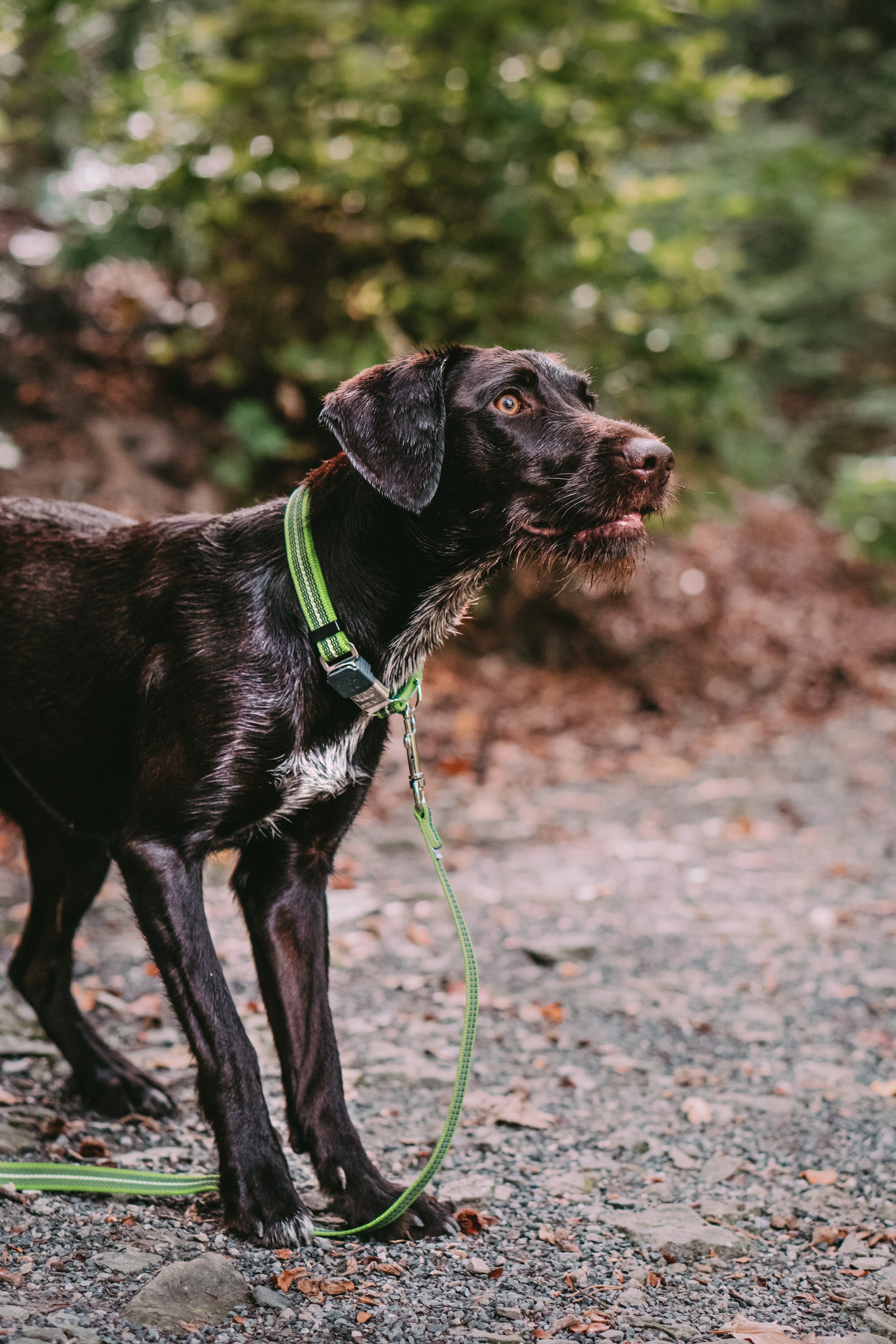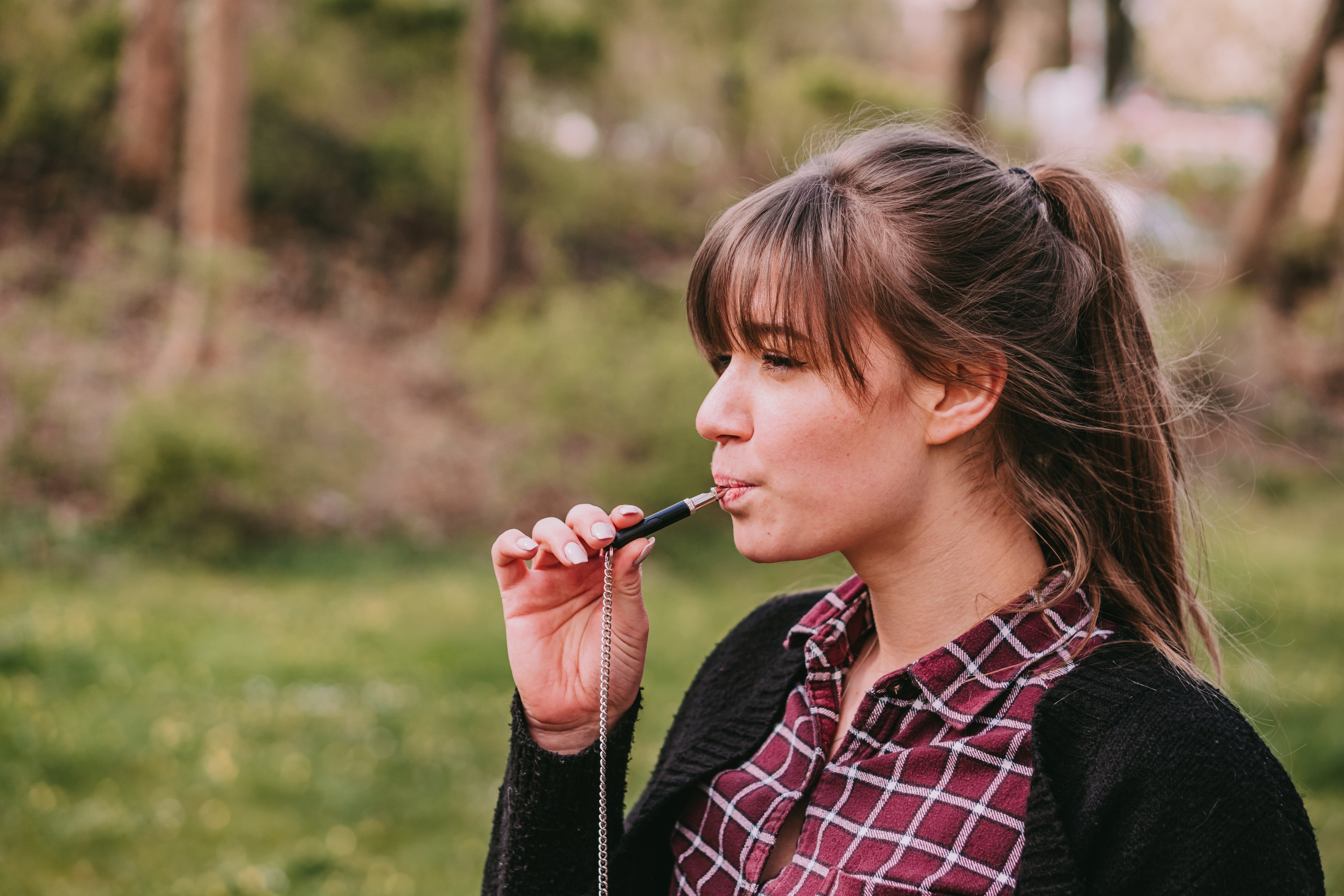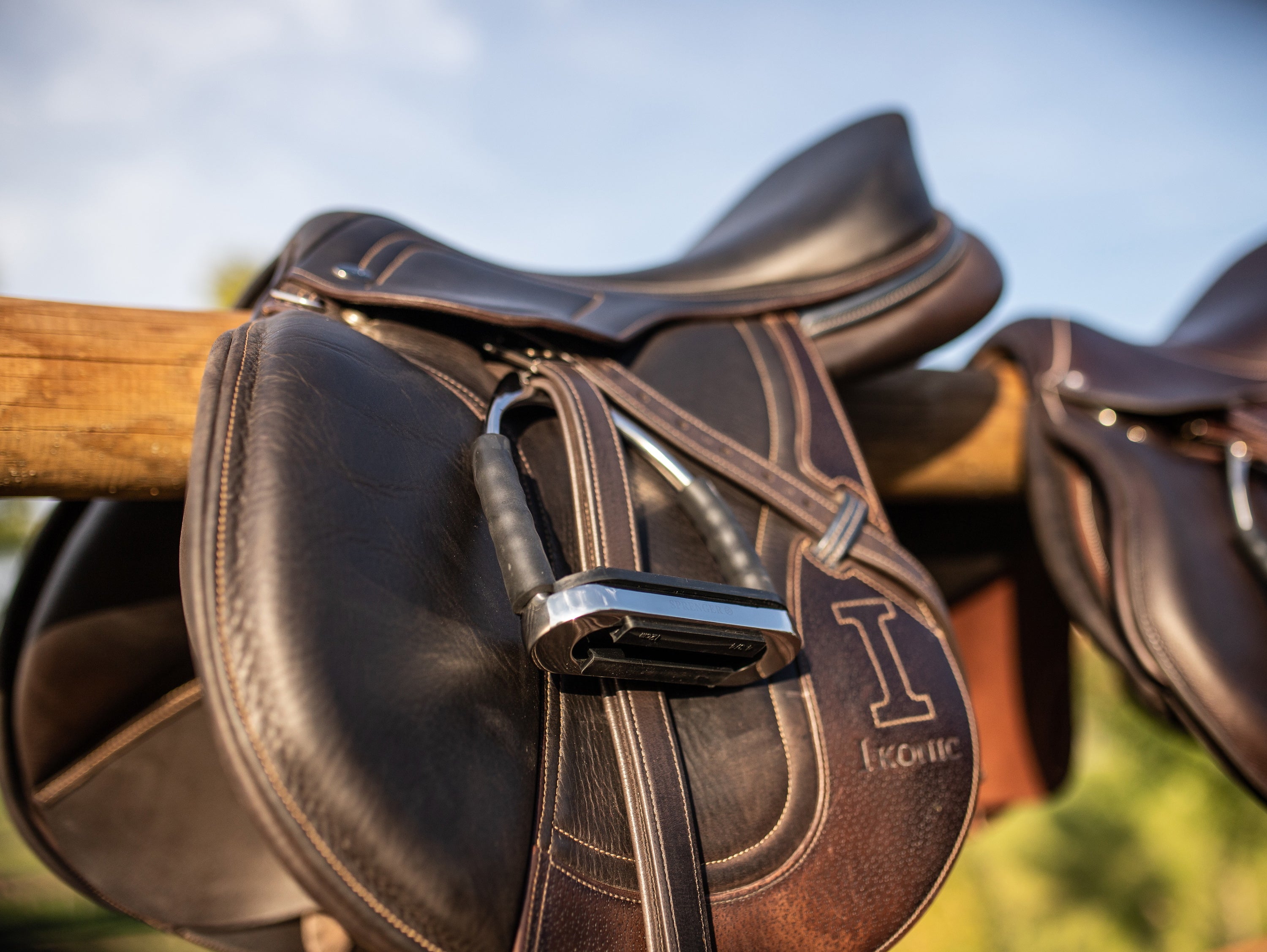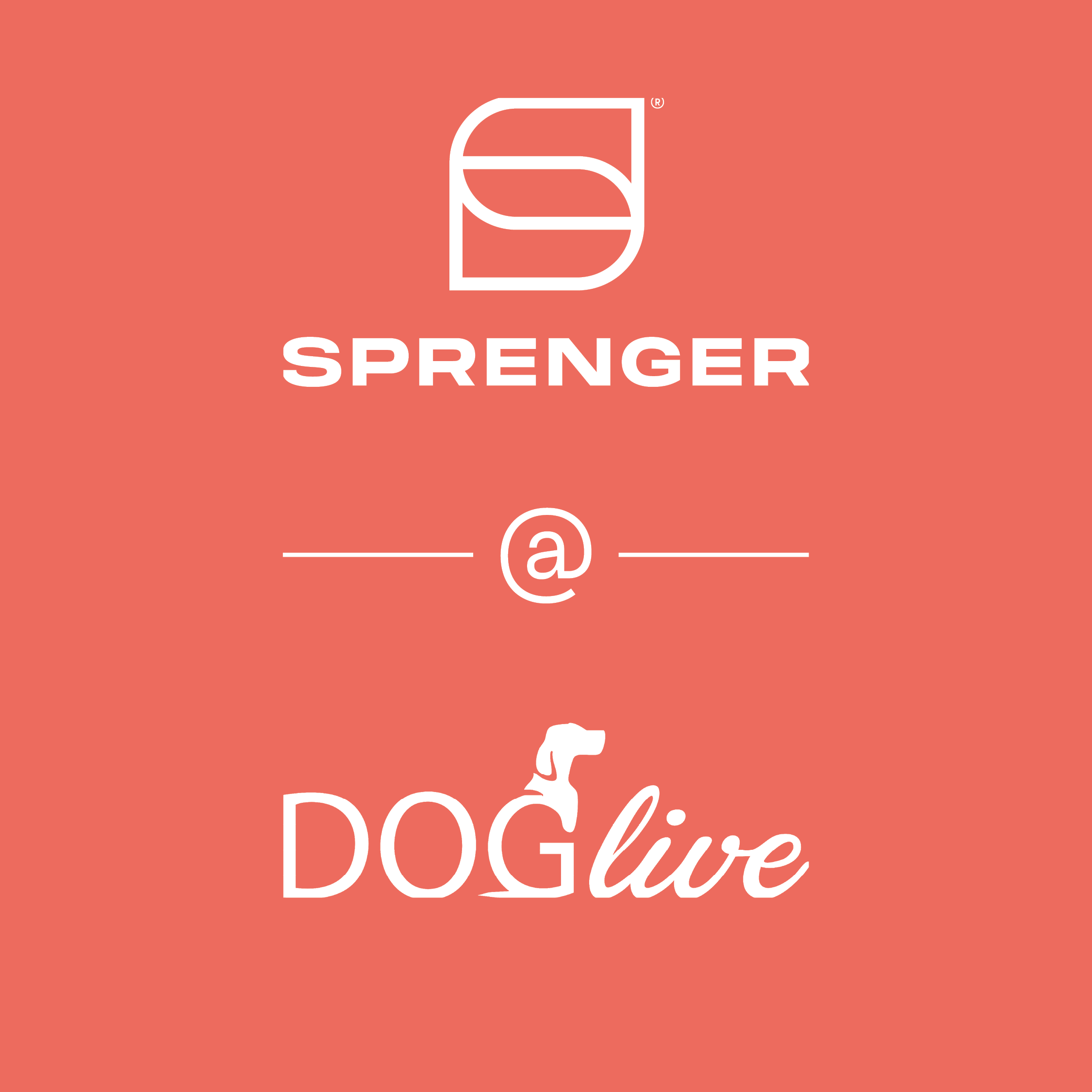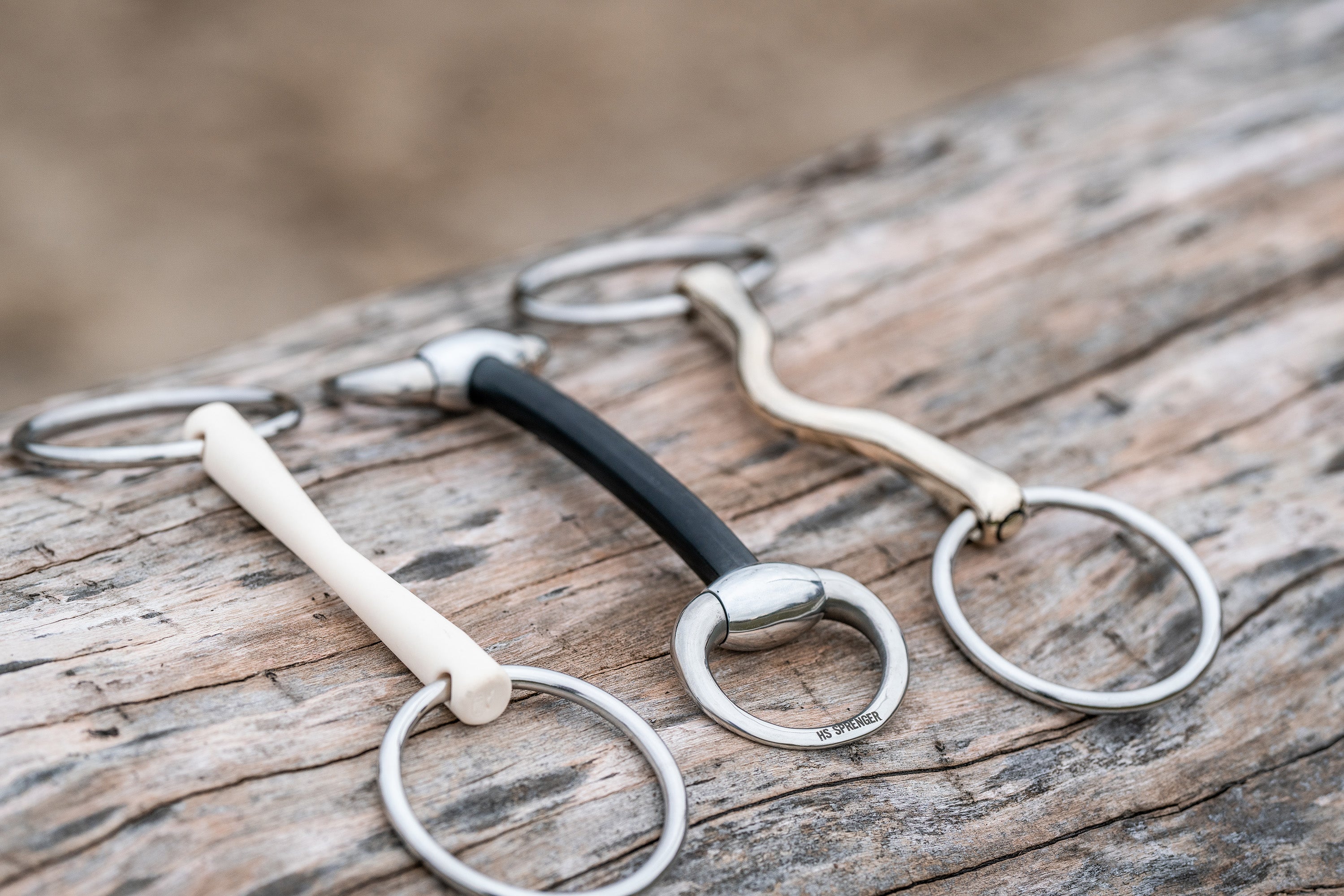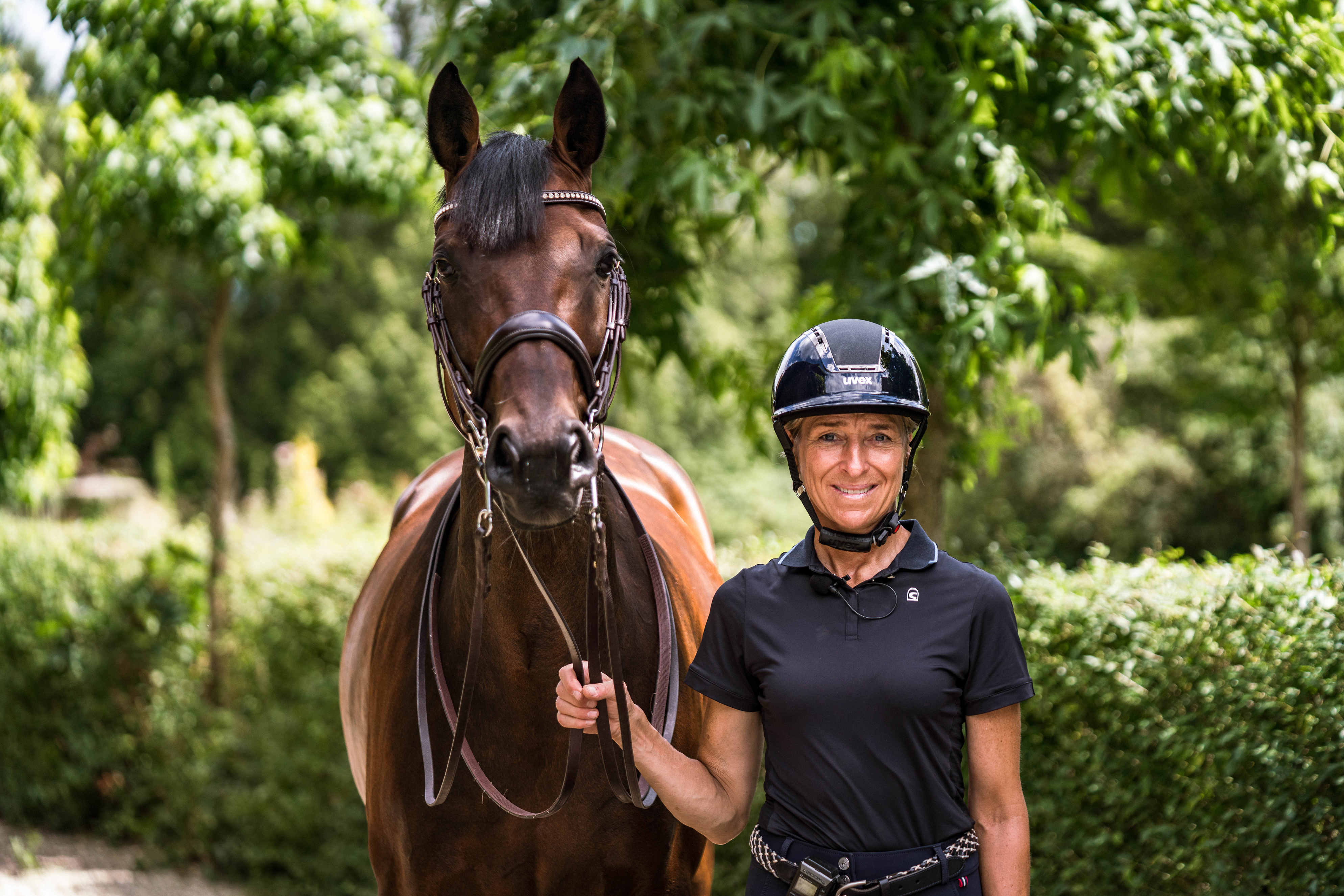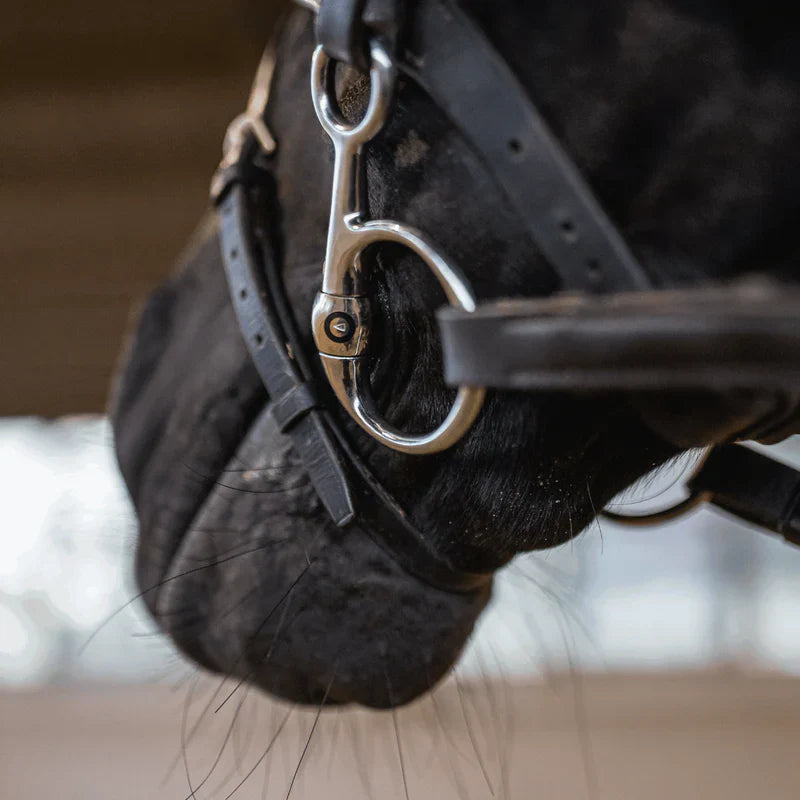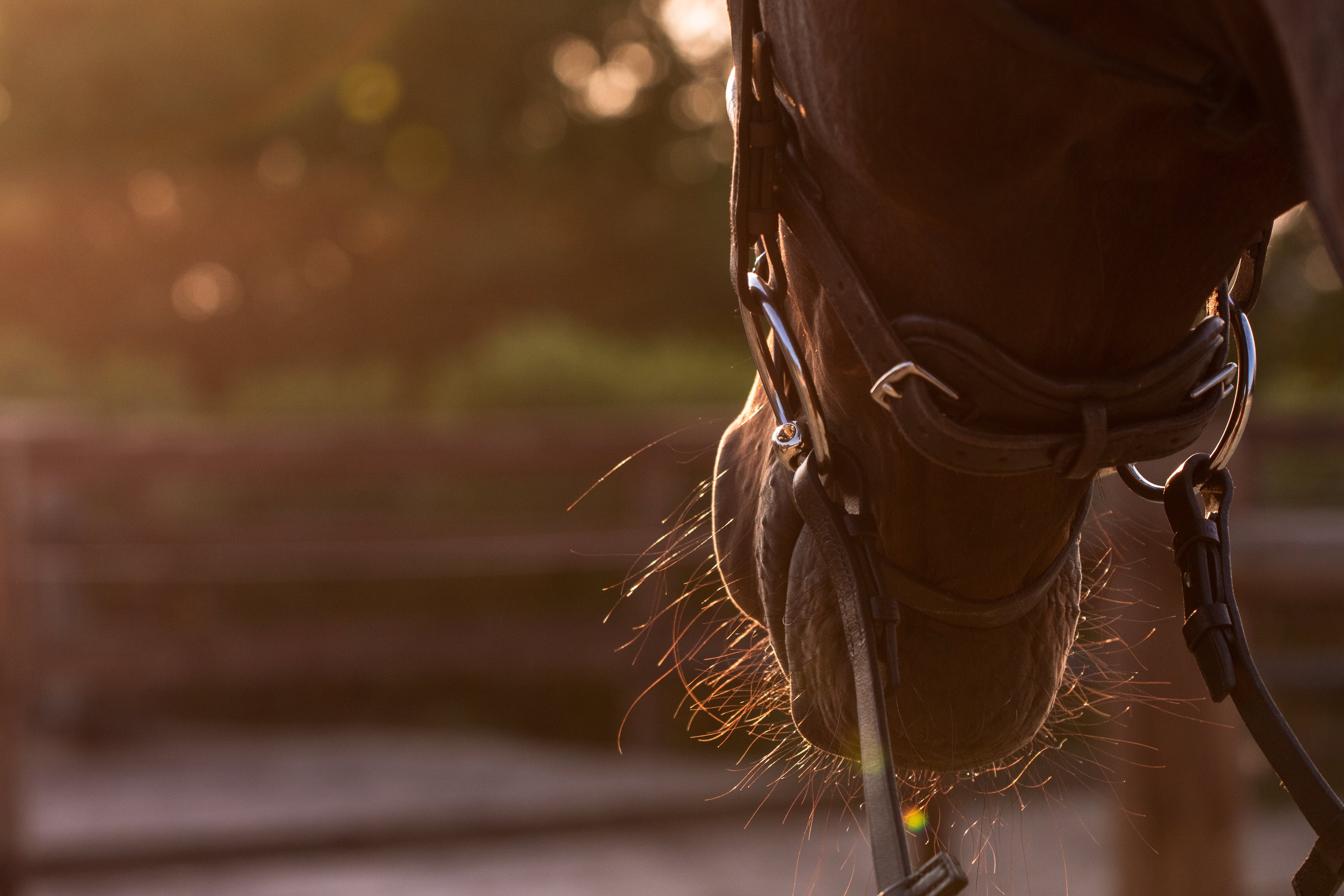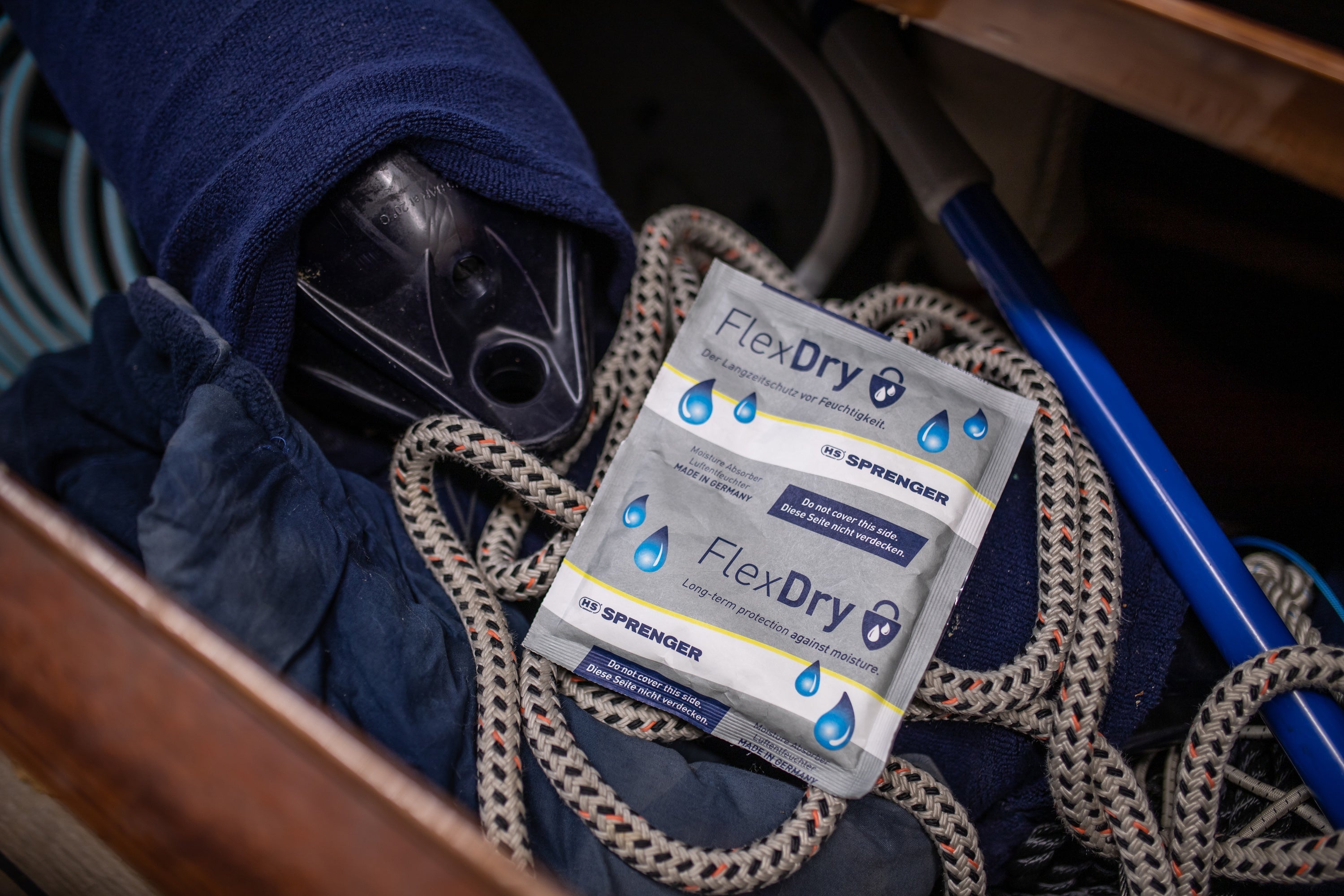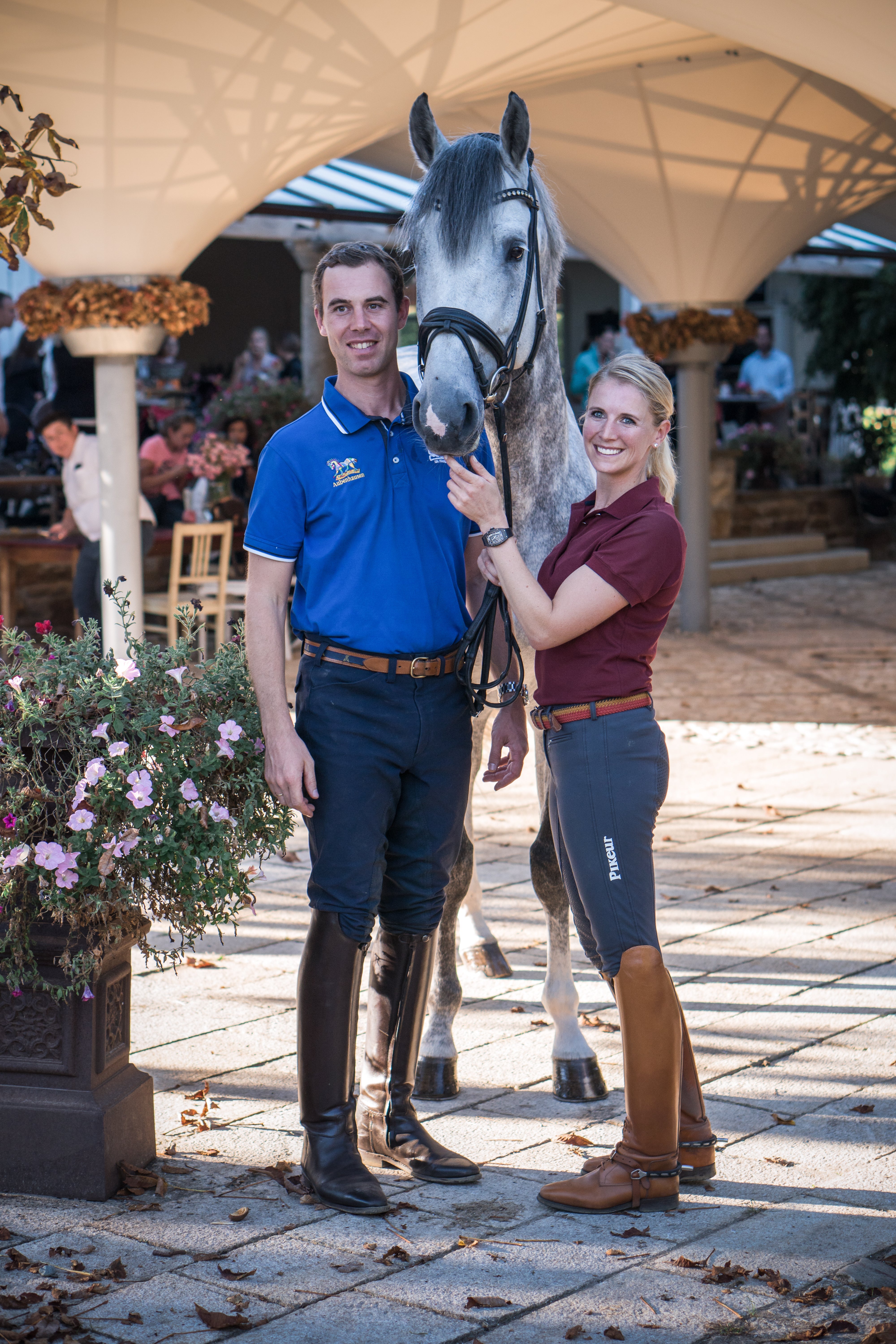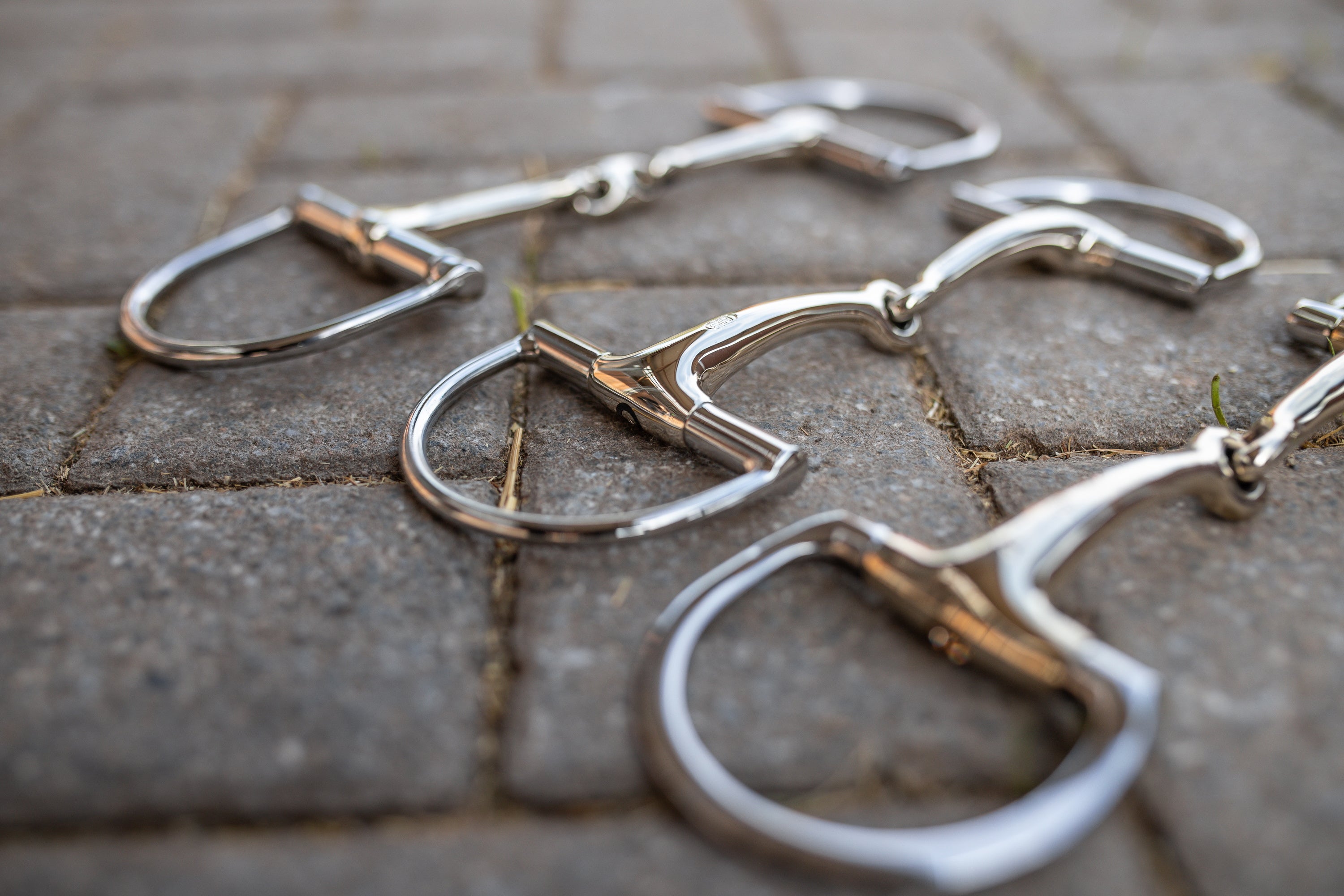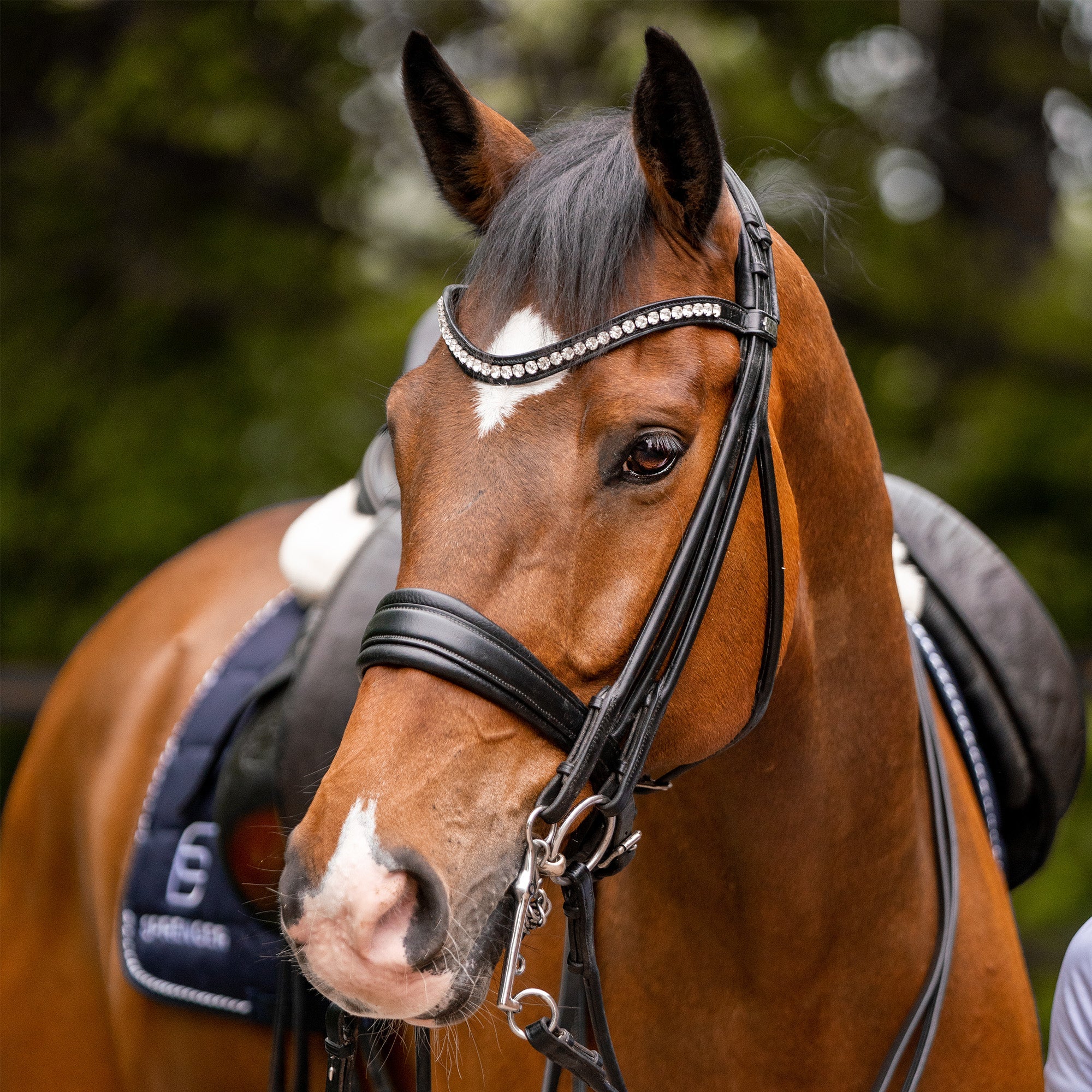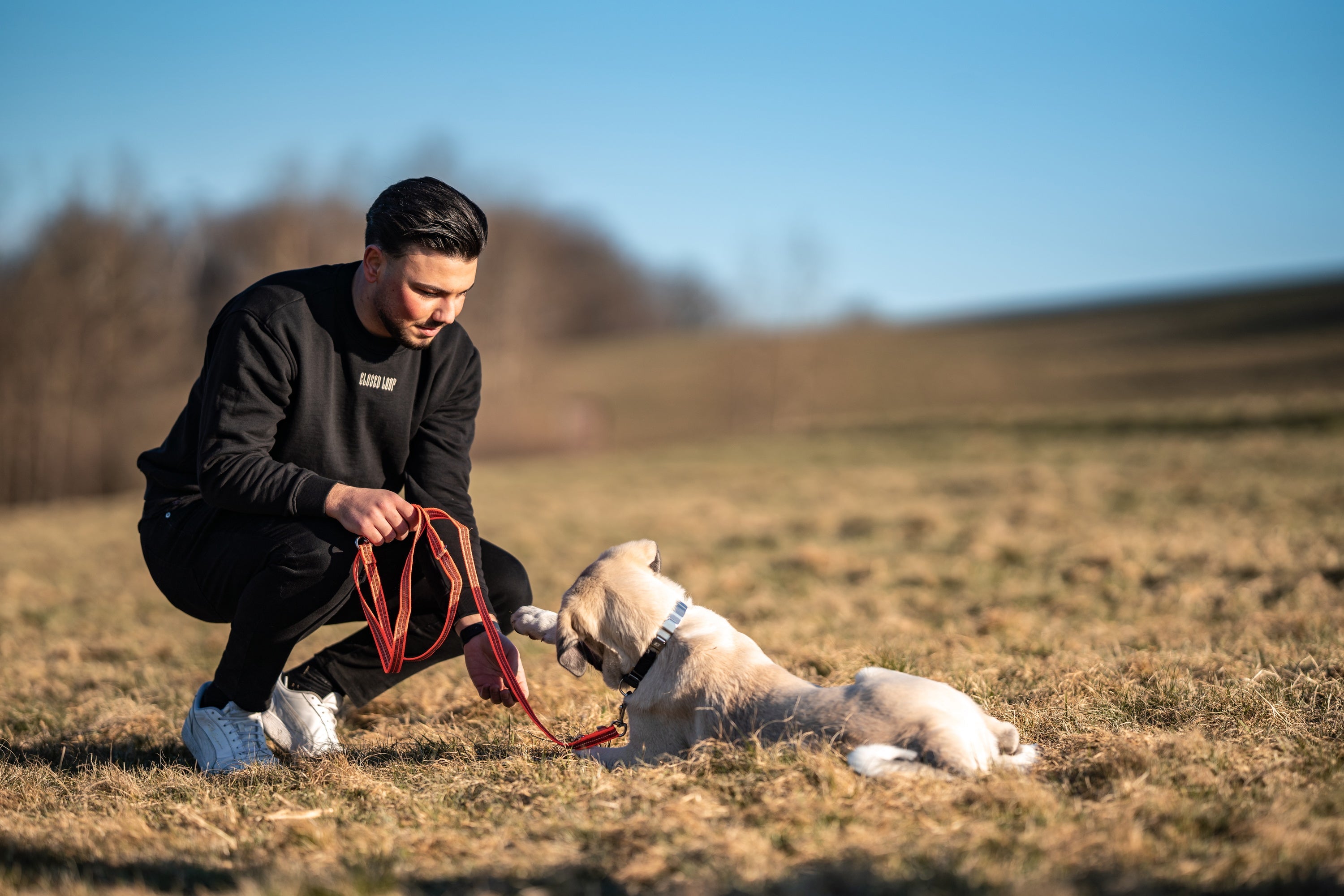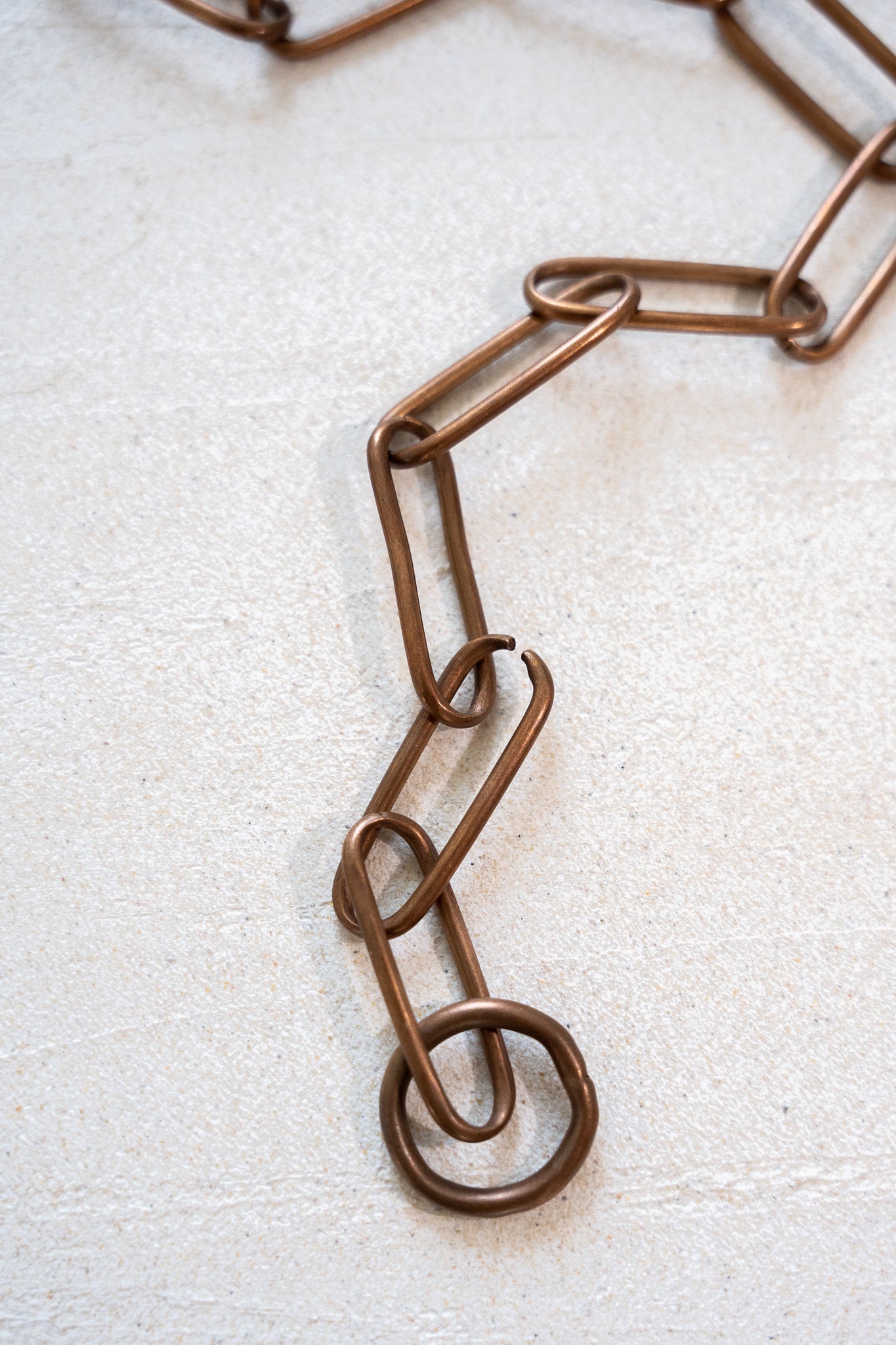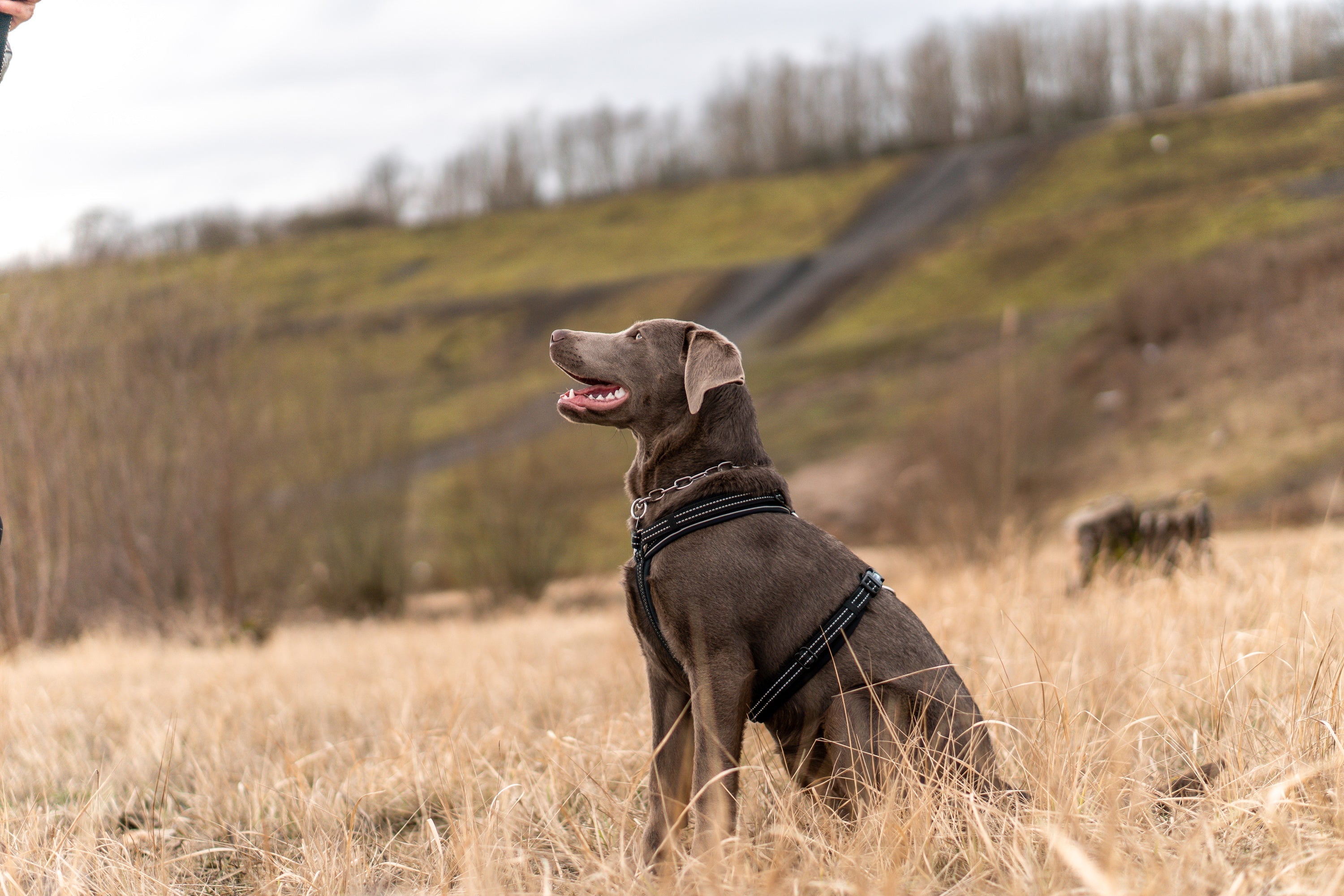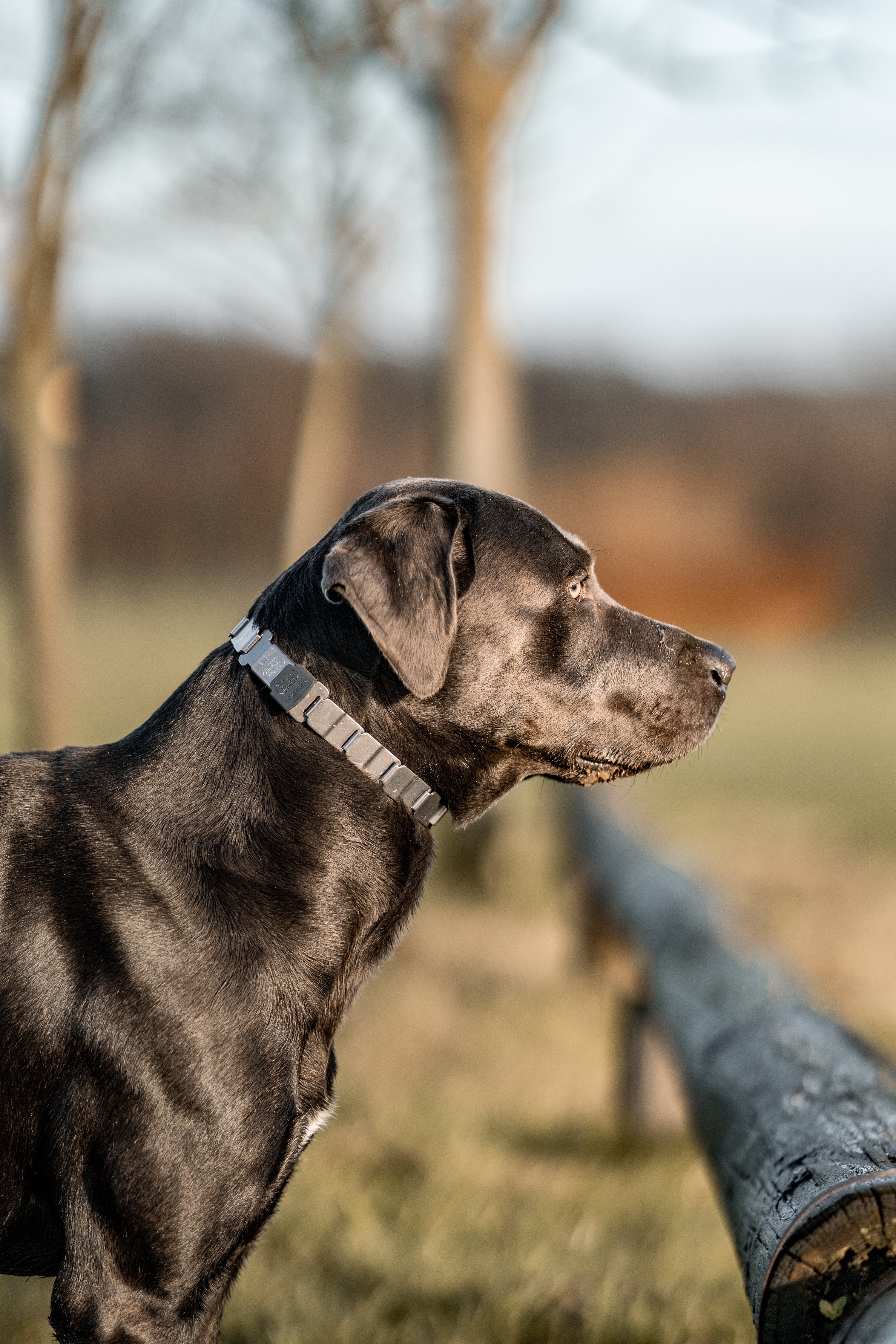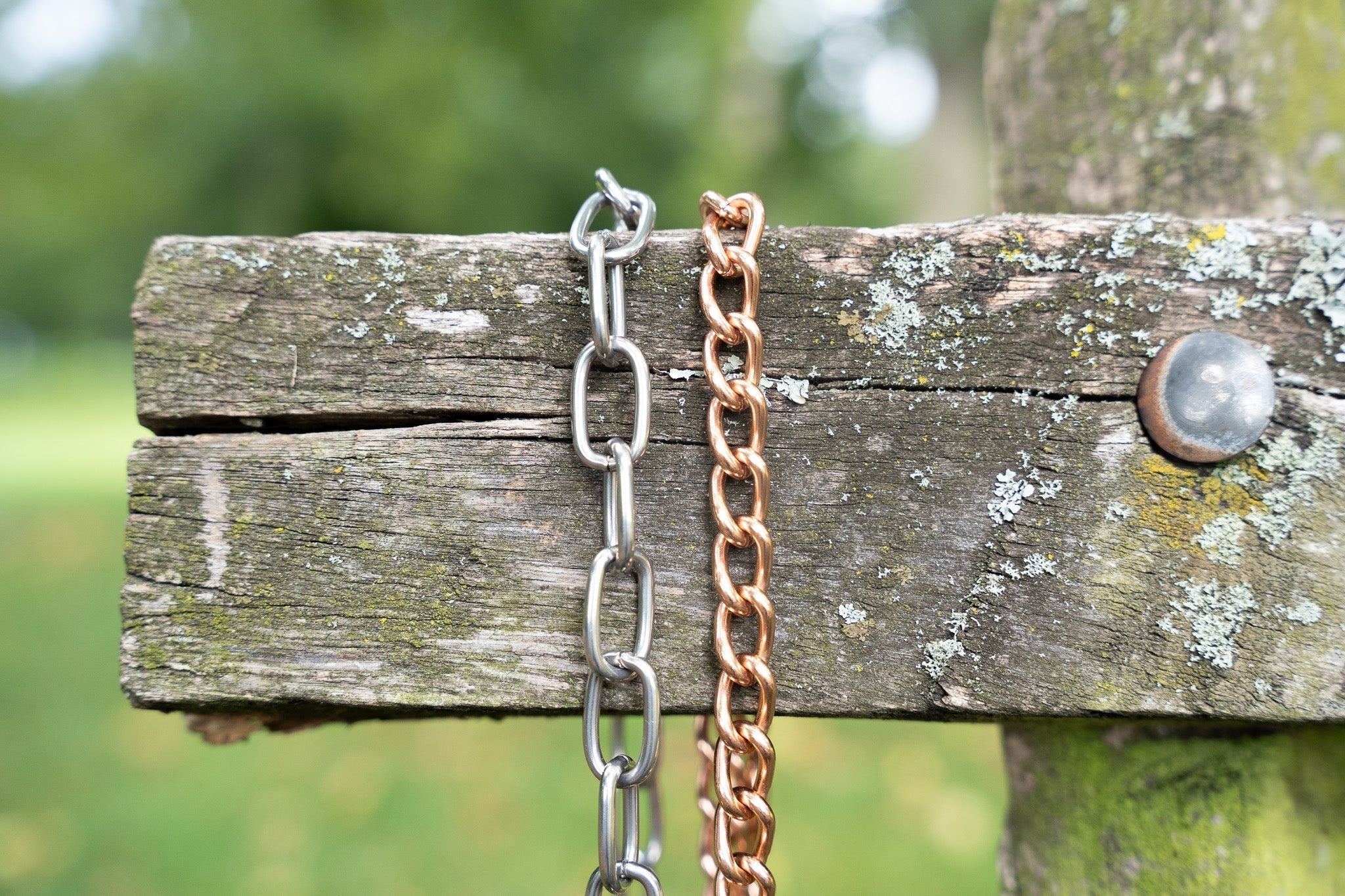Sore corners of the mouth are not only painful for your horse—they also call for a clear change in how you ride and which bit you use. Whether it's a bit sore our a wound that your horse got out in the field: most importantly, they require proper care and a horse-friendly transition period. In this post, we'll show you how to support your horse during this sensitive phase and which bits are most suitable for reintroducing bit use.
Healing Phase: Why the Bit Has to Go
If your horse has sore mouth corners, rest is key—not just in the stable but especially in the mouth. Superficial skin injuries at the corners of the mouth typically heal within about 14 days. During this time, a bit should be strictly avoided. Anything else could hinder healing and potentially lead to long-term issues. Bitless riding is a horse-friendly alternative during this initial phase. Hackamores, sidepulls, or other bitless bridles allow for continued, controlled riding without irritating the sensitive area.
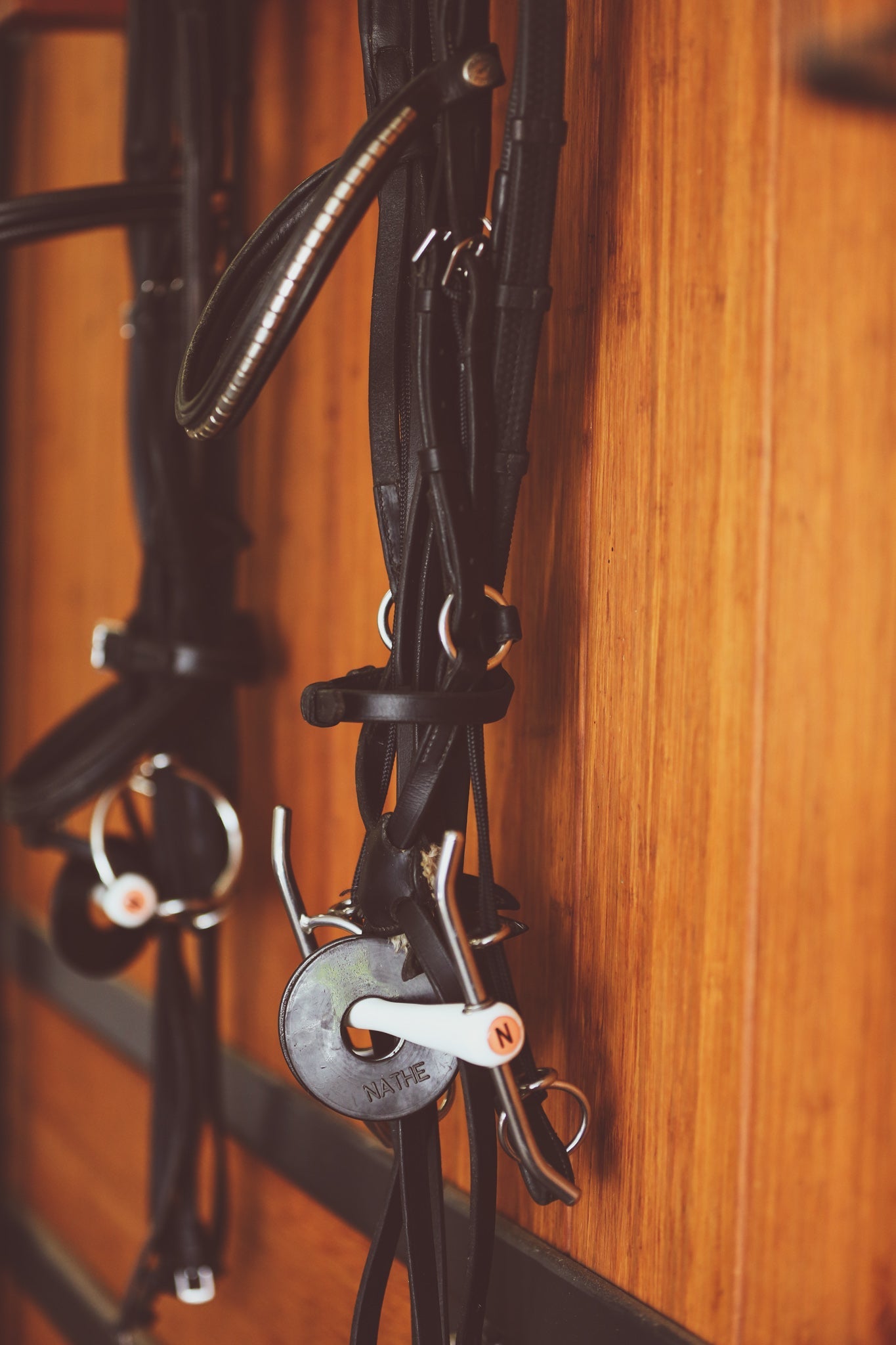
Post-Acute Phase: Starting with a Soft, Flexible Mullen Mouth Bit
Once the initial two weeks have passed and no open wounds remain, you can cautiously reintroduce a gentle bit. A soft, flexible mullen mouth bit like the NATHE Mullen Mouth Bit has proven to be effective. Made from high-quality thermoplastic with an exceptionally smooth surface, it offers a large contact area and reduces unnecessary tension at the corners of the mouth thanks to its shape. Especially during recovery, the bit should be slightly thicker—particularly around the corners of the mouth. This helps distribute pressure more evenly and protects the delicate lip tissue. The NATHE bit scores points with its ergonomic design and comfortable feel.
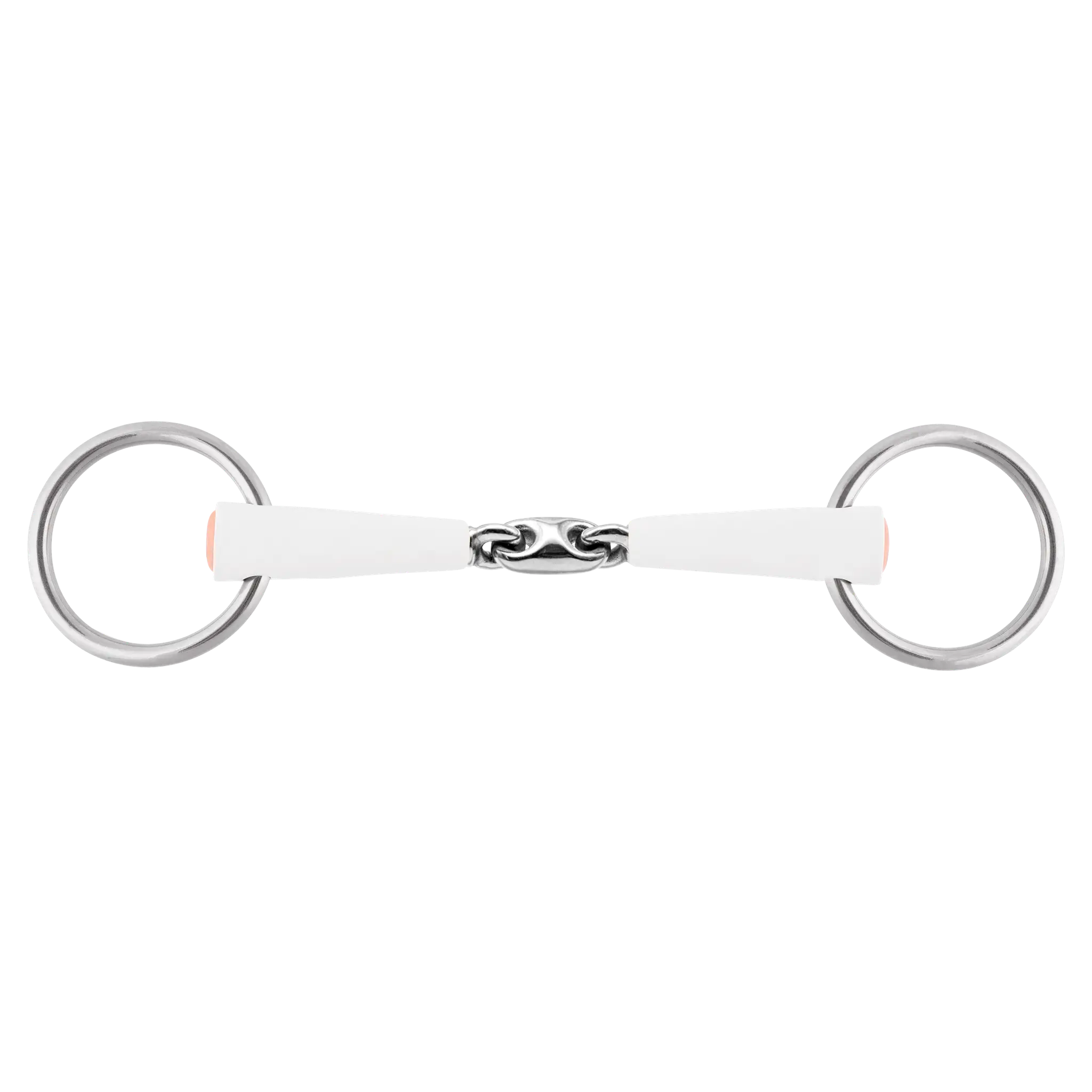
Apoyo adicional y curación a largo plazo
Productos de cuidado como la mantequilla bucalPueden favorecer aún más el proceso de curación. Mejoran la capacidad de deslizamiento de la boca y alivian la irritación de la piel ya dañada. Sin embargo, aunque todo parezca bien por fuera, la piel de las comisuras de la boca aún no está completamente elástica.La regeneración completa suele tardar entre 6 y 8 meses.Durante este tiempo, se requiere paciencia y un manejo delicado. Cualquier irritación innecesaria puede retrasar o incluso revertir el proceso de curación.
Transición gradual a dentaduras rotas
Después de aproximadamenteDe 2 a 3 meses de uso del manillar blandoSe puede convertir con cuidado en un bocado articulado si es necesario. Es posible usar un bocado de una o dos articulaciones, según las preferencias de su caballo y la estructura de la boca. Sin embargo, tenga en cuenta lo siguiente:Doble diente rotoTienen un efecto más fuerte en las comisuras de la boca y, por lo tanto, no siempre son la mejor opción durante la fase de cicatrización. Por lo tanto, recomendamos comenzar con unsimplemente dientes rotosTrabajar y observar atentamente la reacción del caballo. Si la acepta bien, se puede mejorar con cuidado.
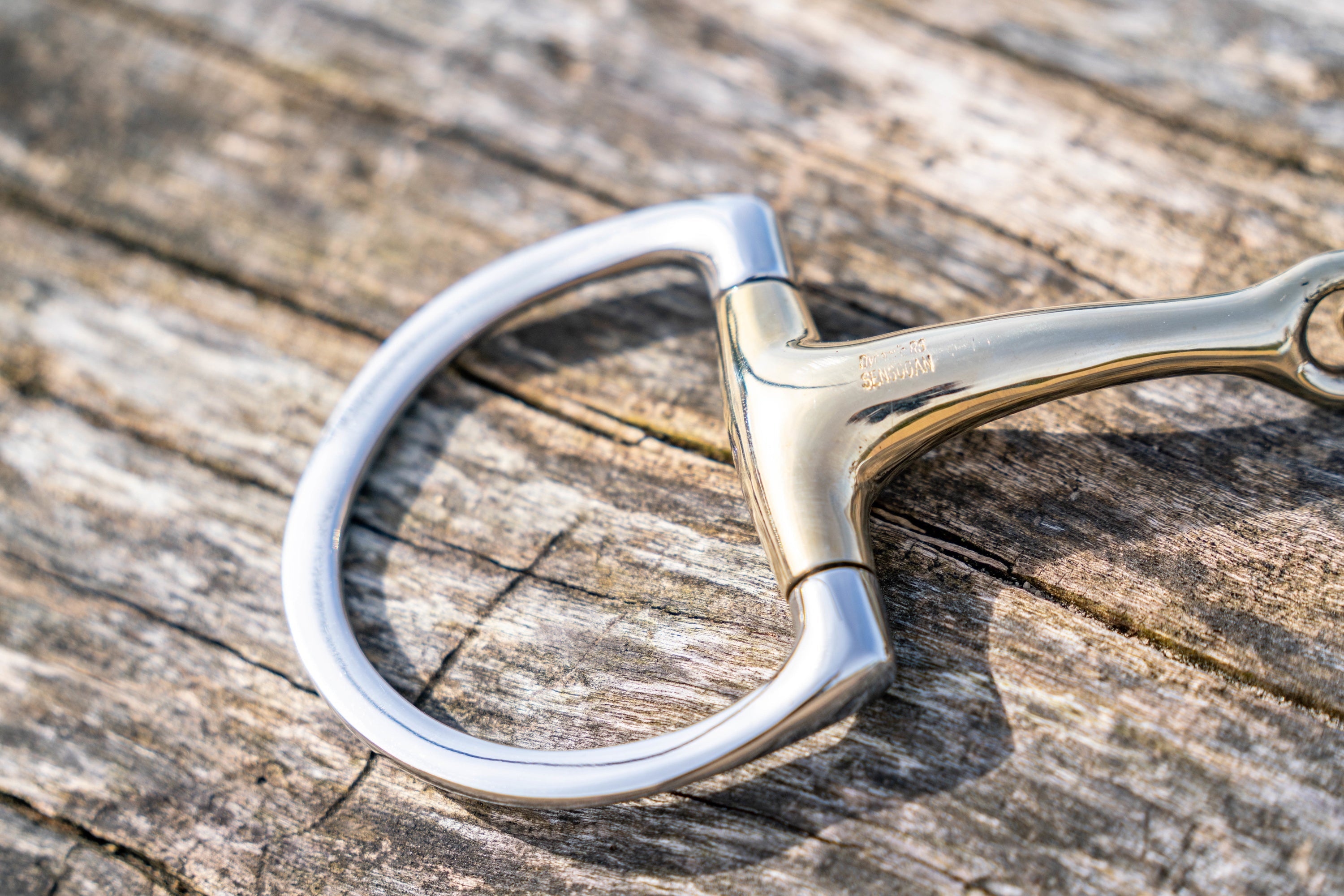
Gentle Alternatives and Secure Transitional Options
If you’re ready to return to a normal bit, eggbutt bits are a gentle choice. These are particularly mouth-corner friendly, as the sidepieces have a smooth transition and rest gently against the horse’s mouth. The fixed connection between the mouthpiece and sidepieces prevents pinching, making them especially suitable for sensitive horses. Eggbutt bits foster a stable, trusting connection between rider and horse—an ideal next step on the road back to a regular training routine.
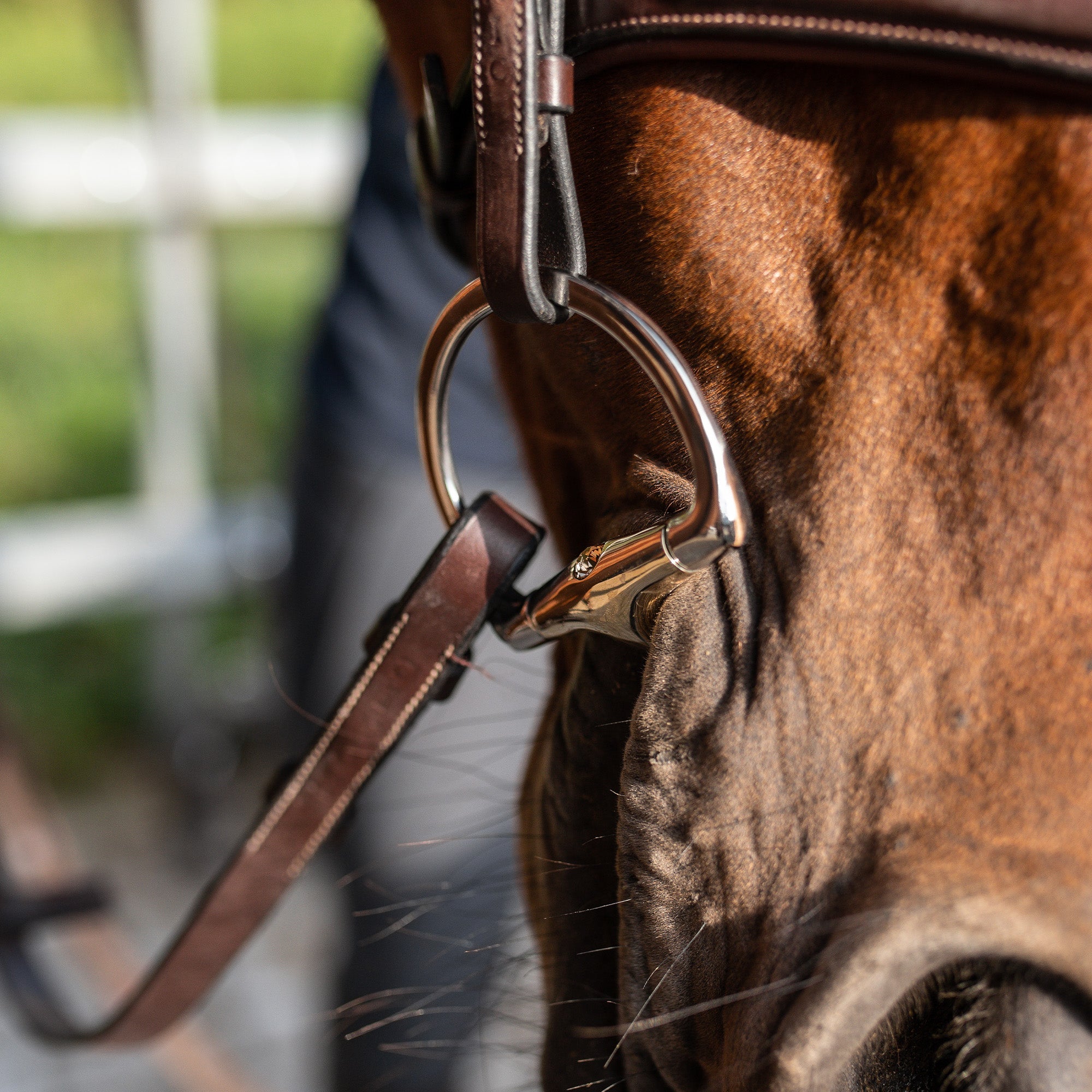
Our Recommendation: Take Your Time Returning to Normal
Full healing takes time—usually about 6 to 8 months before the corners of the mouth can bear normal tension again. Like any other time, a gentle approach to bits, bridles, and rein aids is essential. Trust in proven products like the NATHE Mullen Mouth Bit made of Thermoplastic and protect your horse’s oral health for the long term. Be diligent in checking the mouth corners and choose bits carefully—better too soft than too demanding. After all, the goal is not just a functioning riding horse but a healthy, content one.
Conclusion: The Right Bit Gets You Safely Through Recovery
Sore mouth corners aren’t a reason to panic—but they are a clear sign that change is needed. With a bit of patience, solid knowledge, and high-quality products, you can provide your horse with the best possible care. The goal is clear: a healthy, happy horse with permanently protected mouth corners. You should also take a closer look at your current bit, as unsuitable bits can, in the worst case, cause injuries to the corner of the mouth. We explain how to find the right bit for your four-legged friend in the article: 'How do I find the right bit?'


